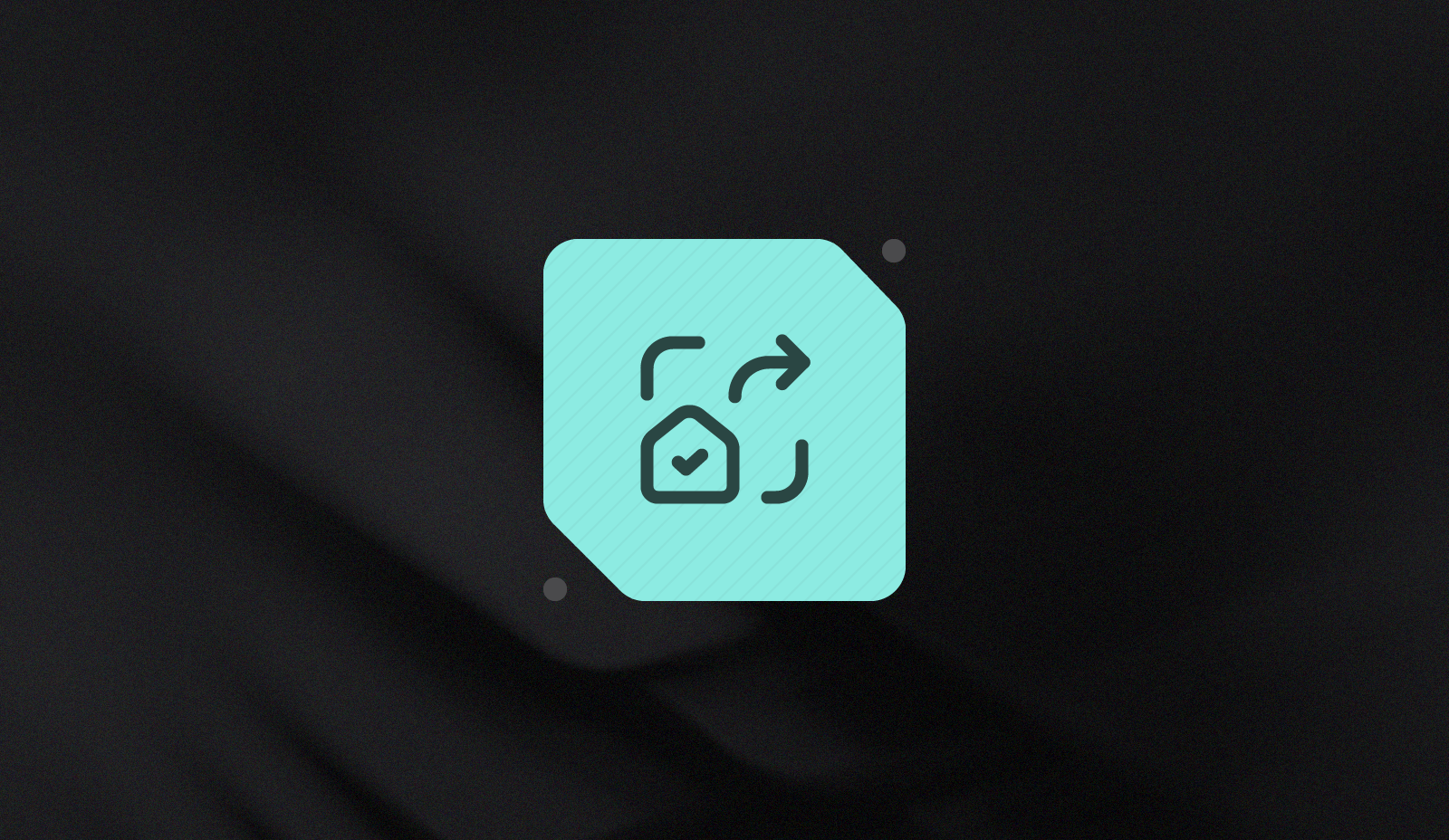
Blog
Insights and updates from the Basis Theory team
Blog
Want Product News & Industry Updates?
Subscribe to the Basis Theory blog to get updates right in your inbox

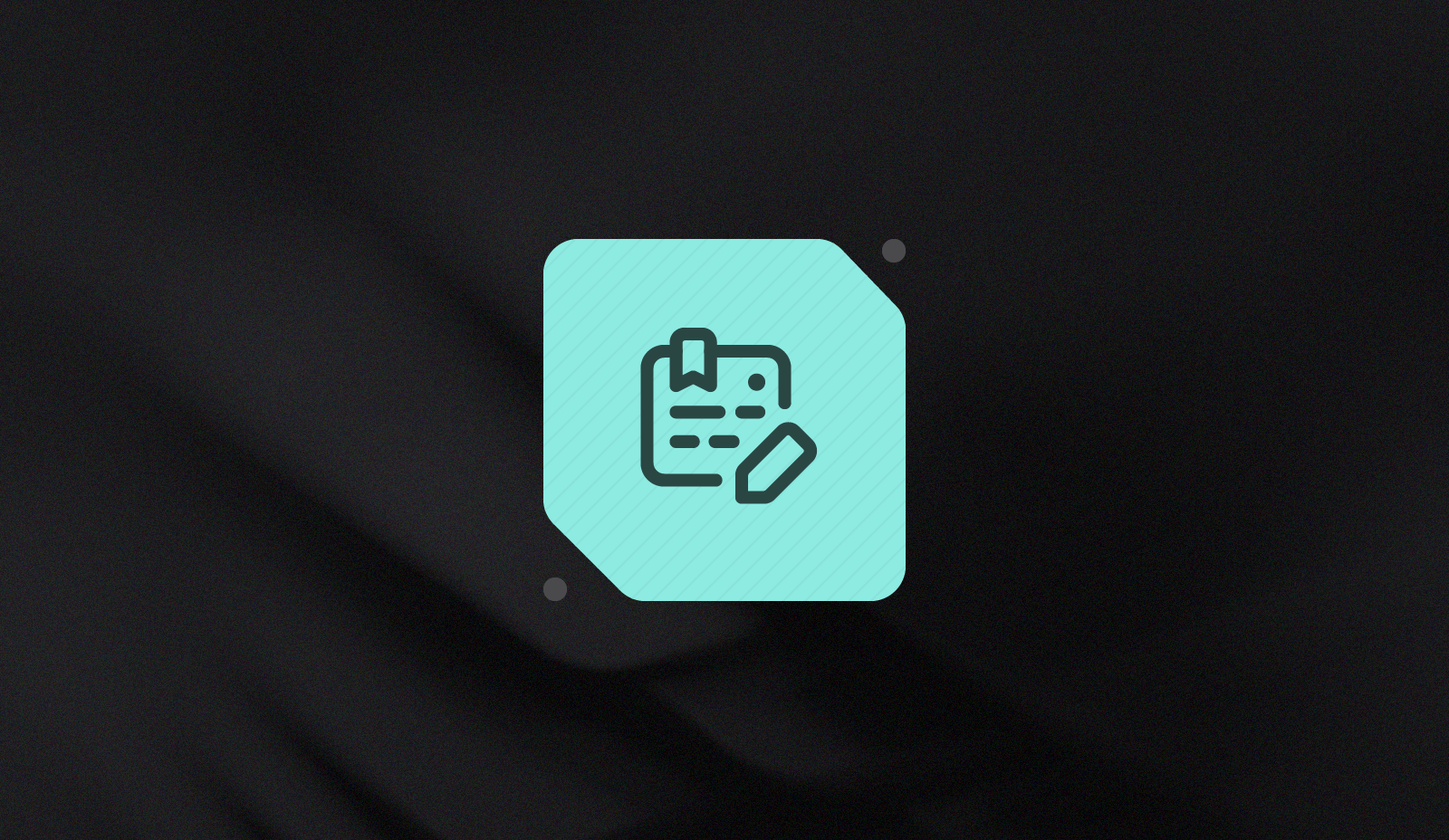
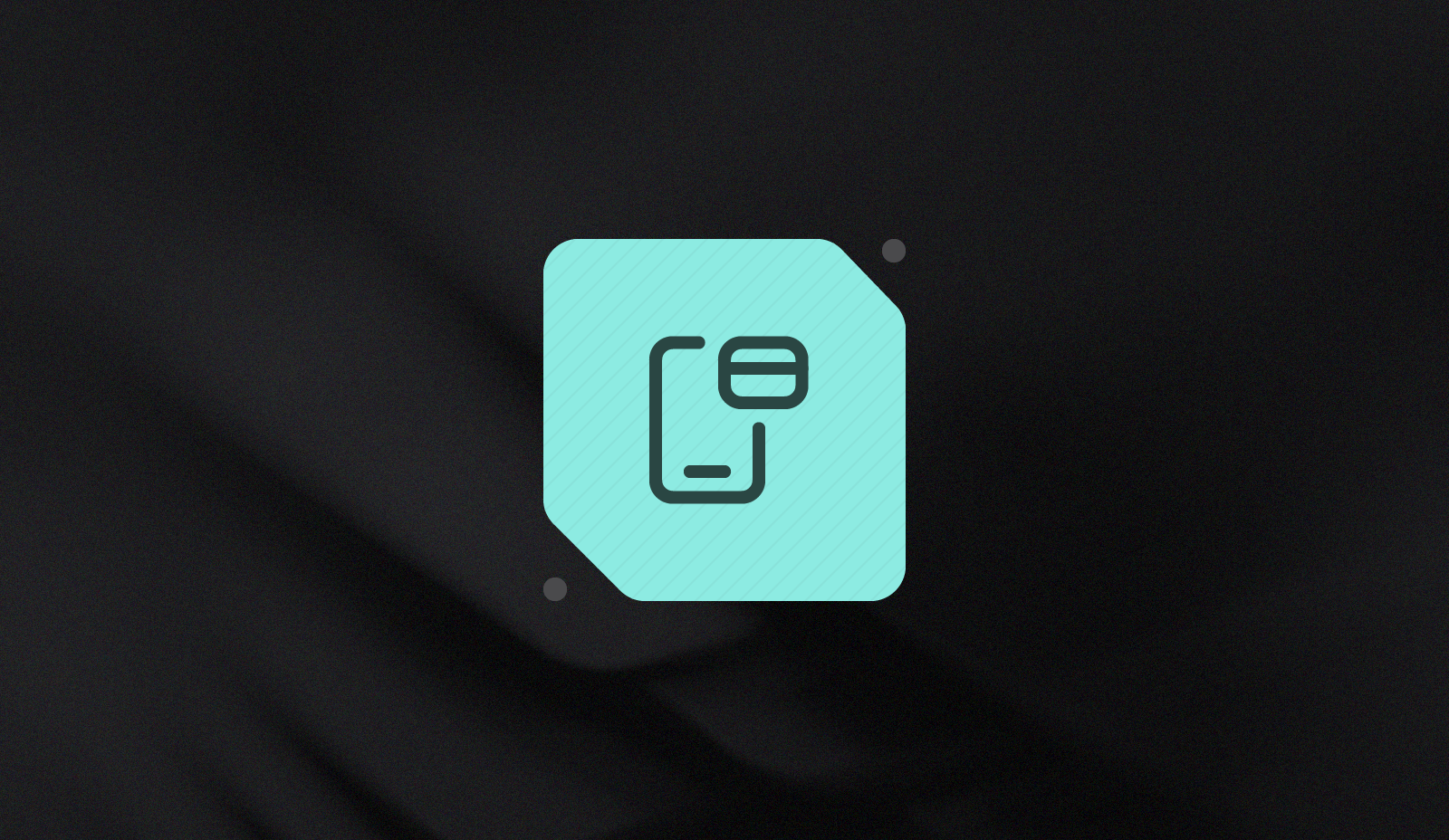
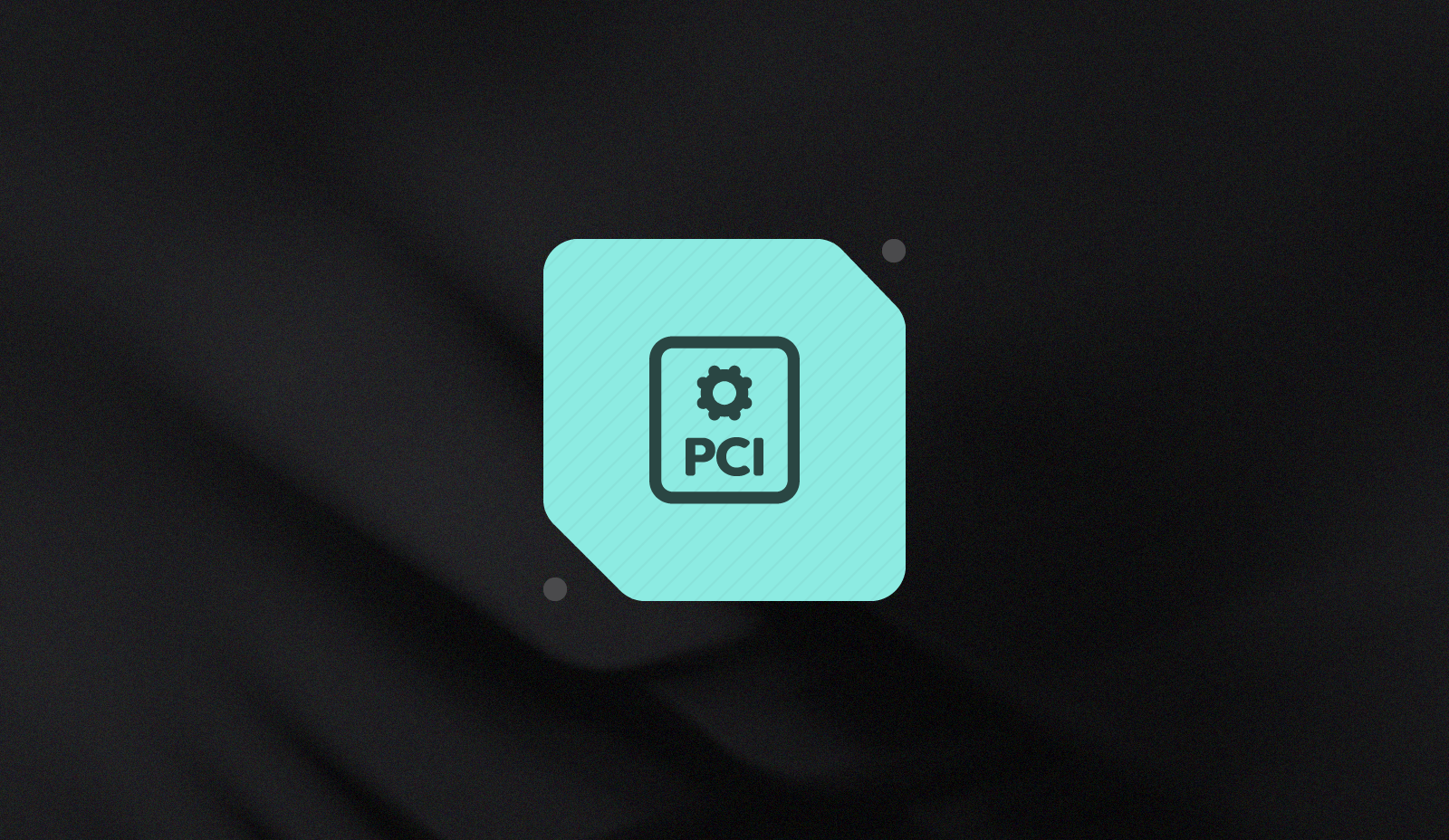
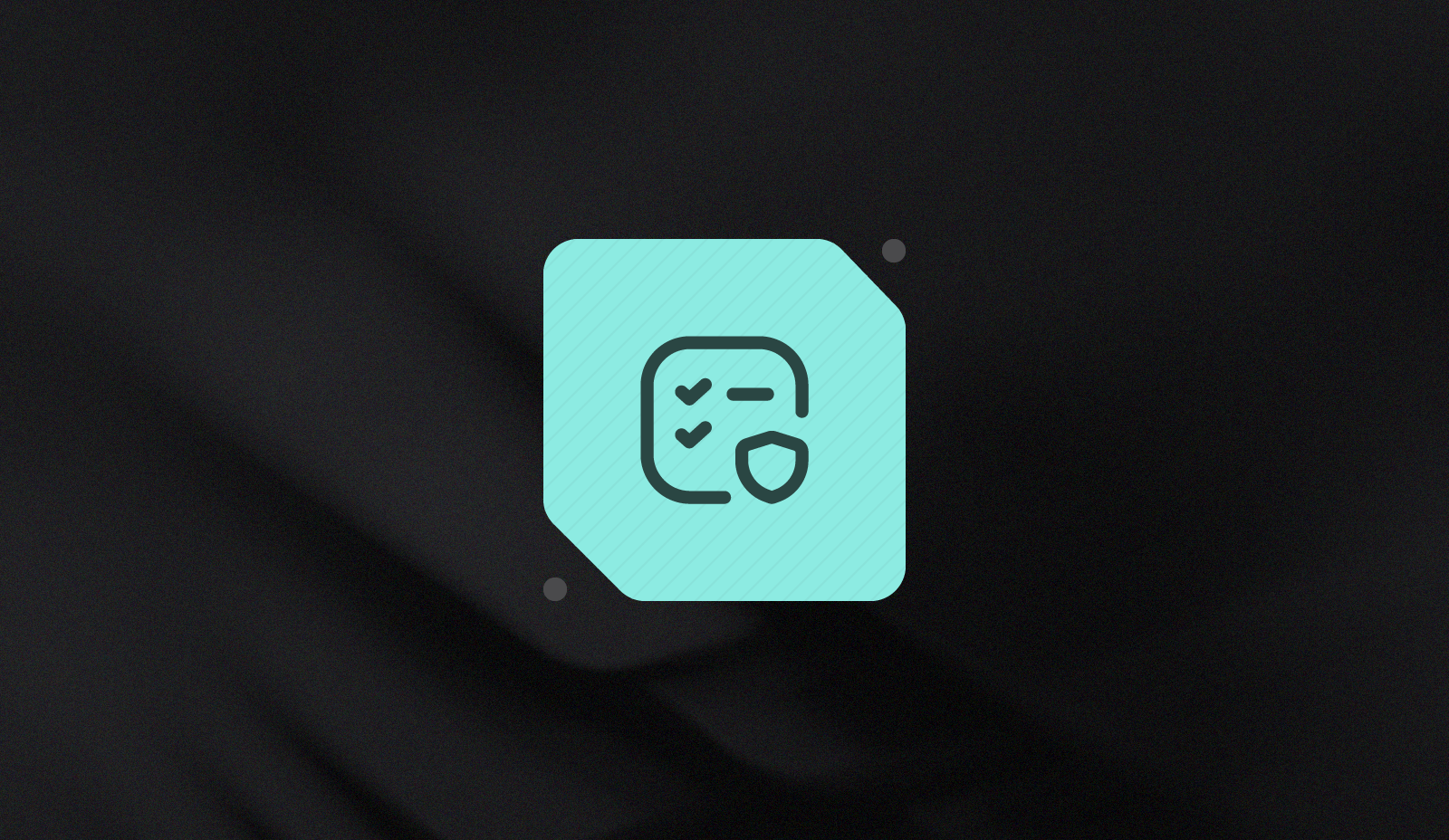
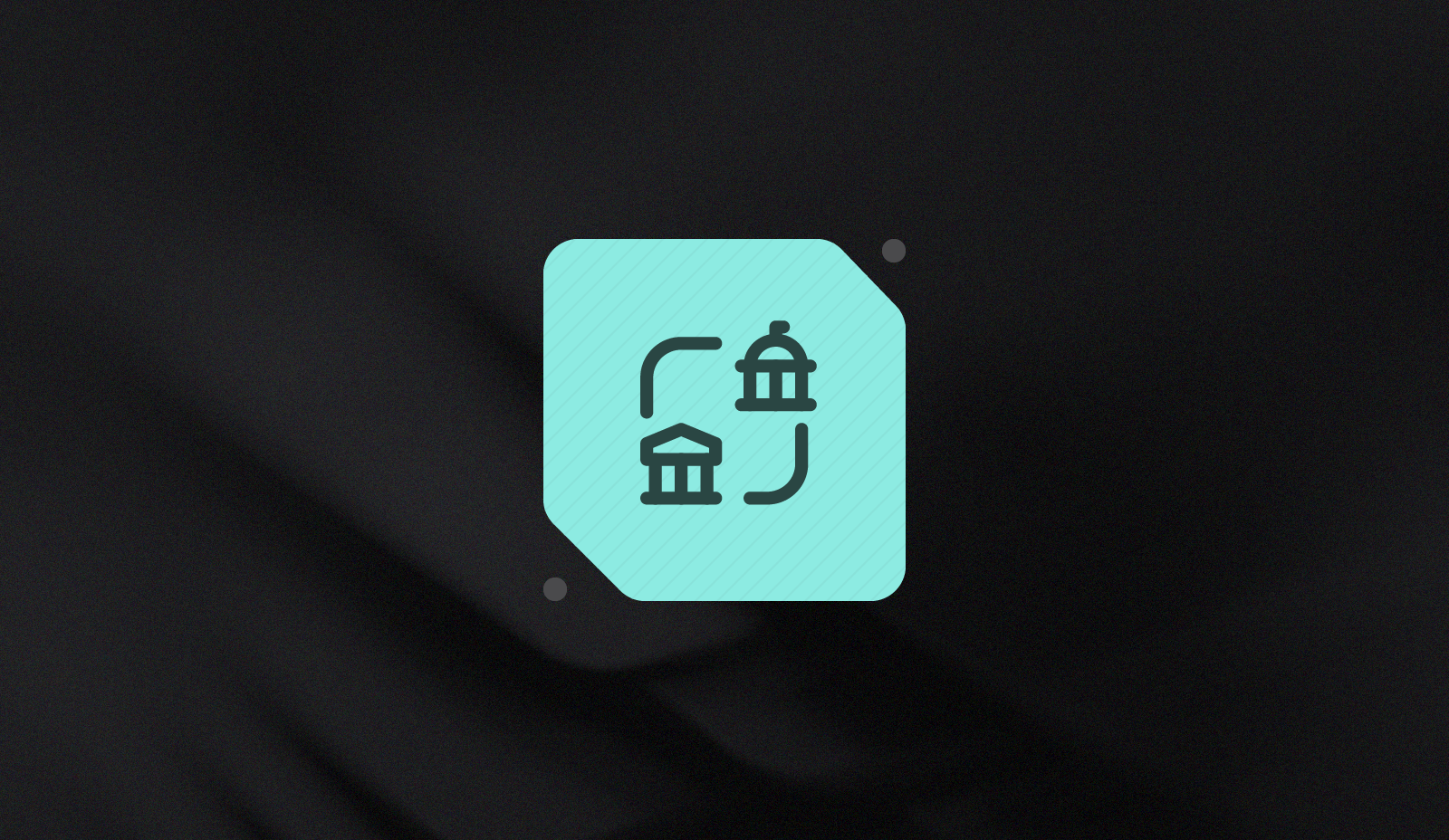
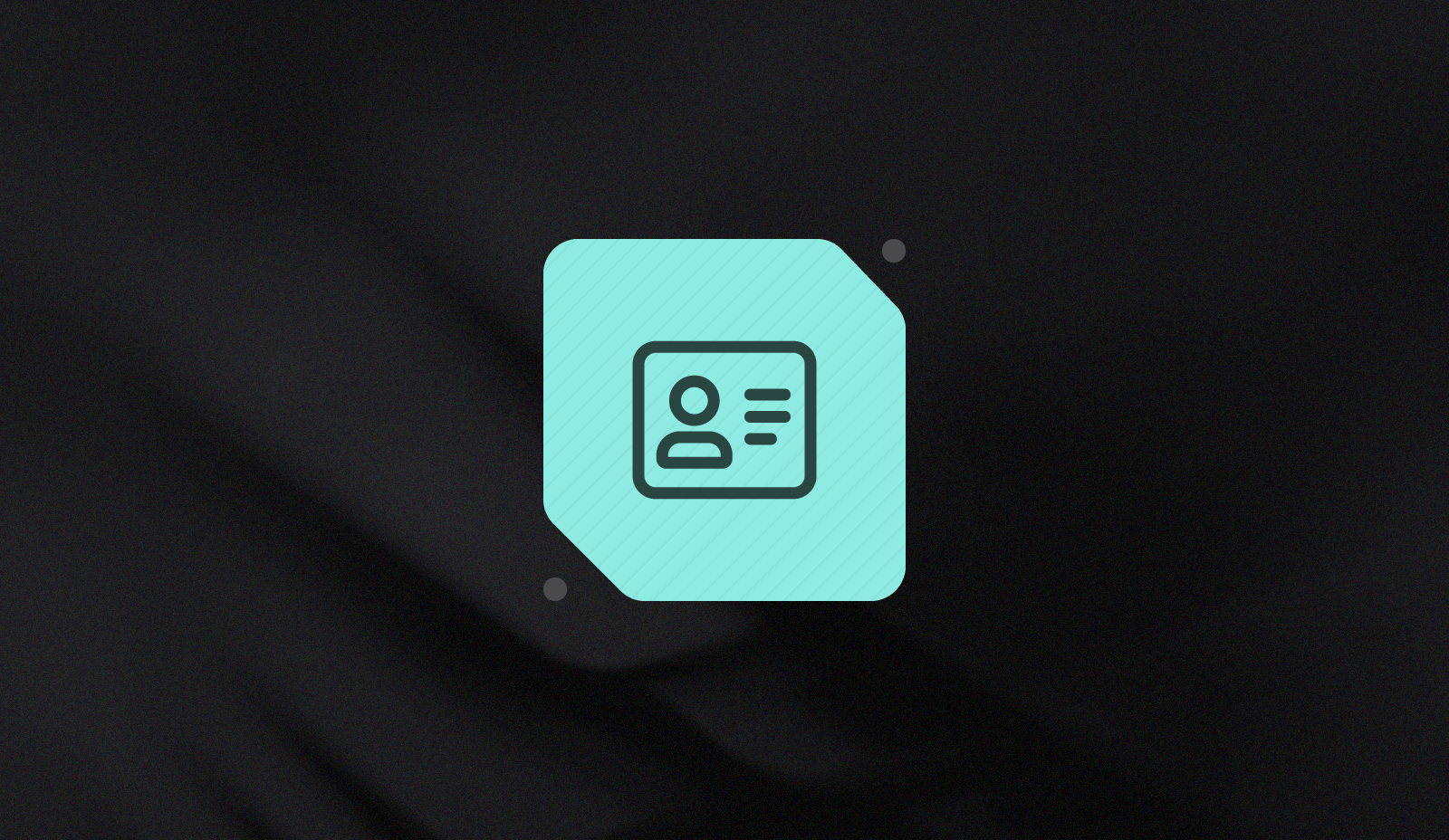
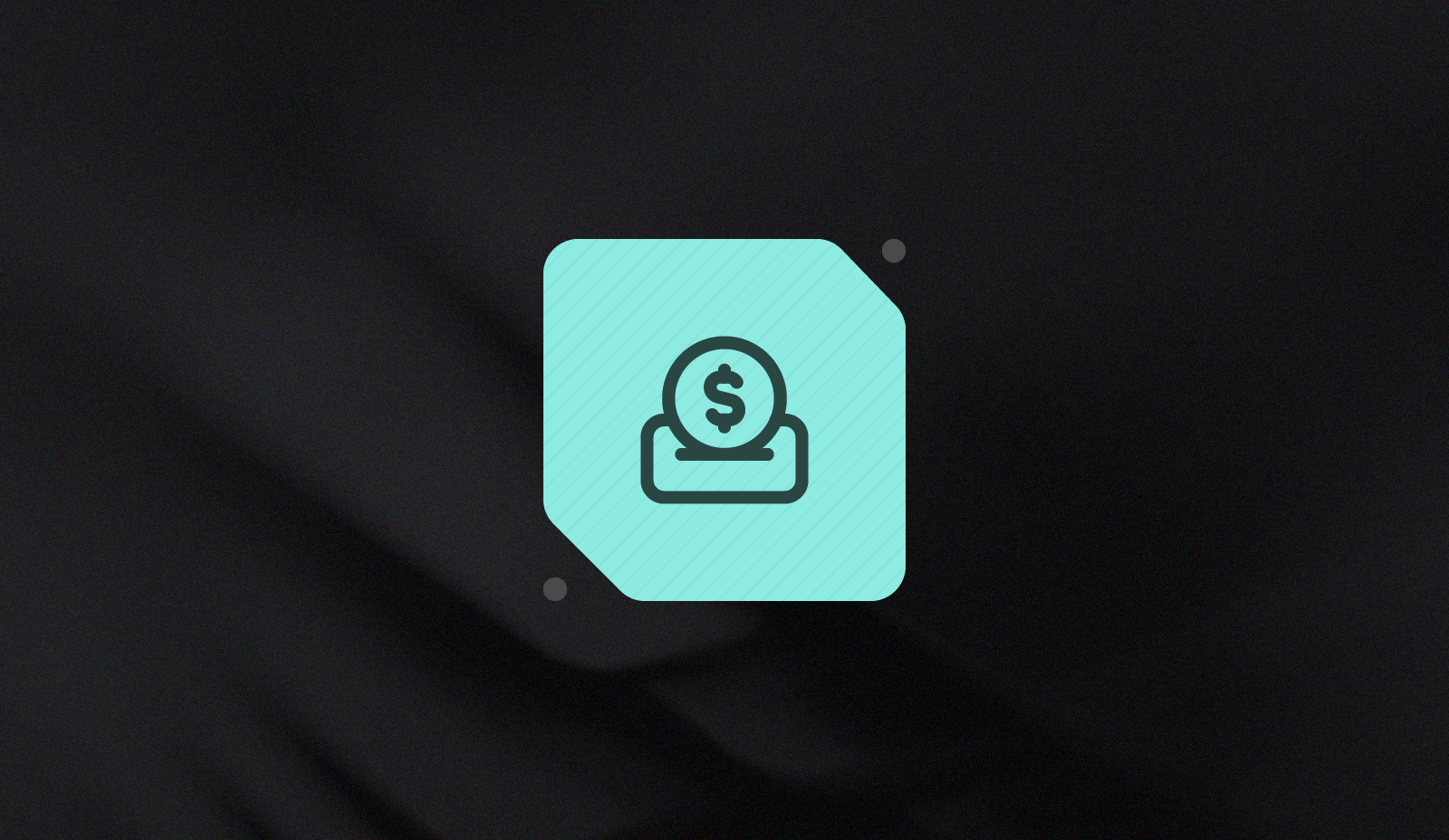
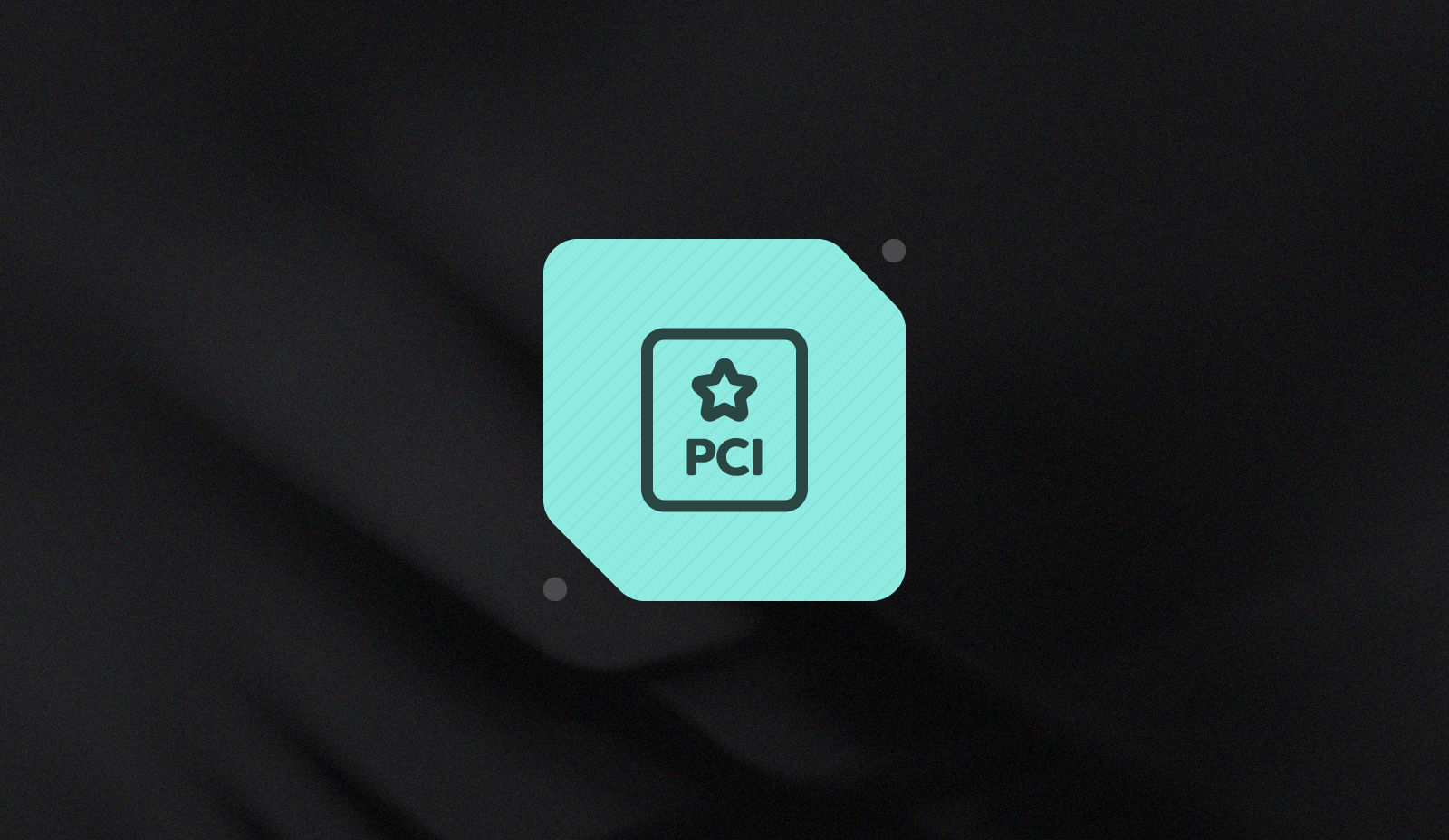
PCI Compliance Levels: Know Your Level of PCI Compliance
Understanding the different PCI compliance levels is the first step to reducing the challenges they might bring to your organization.
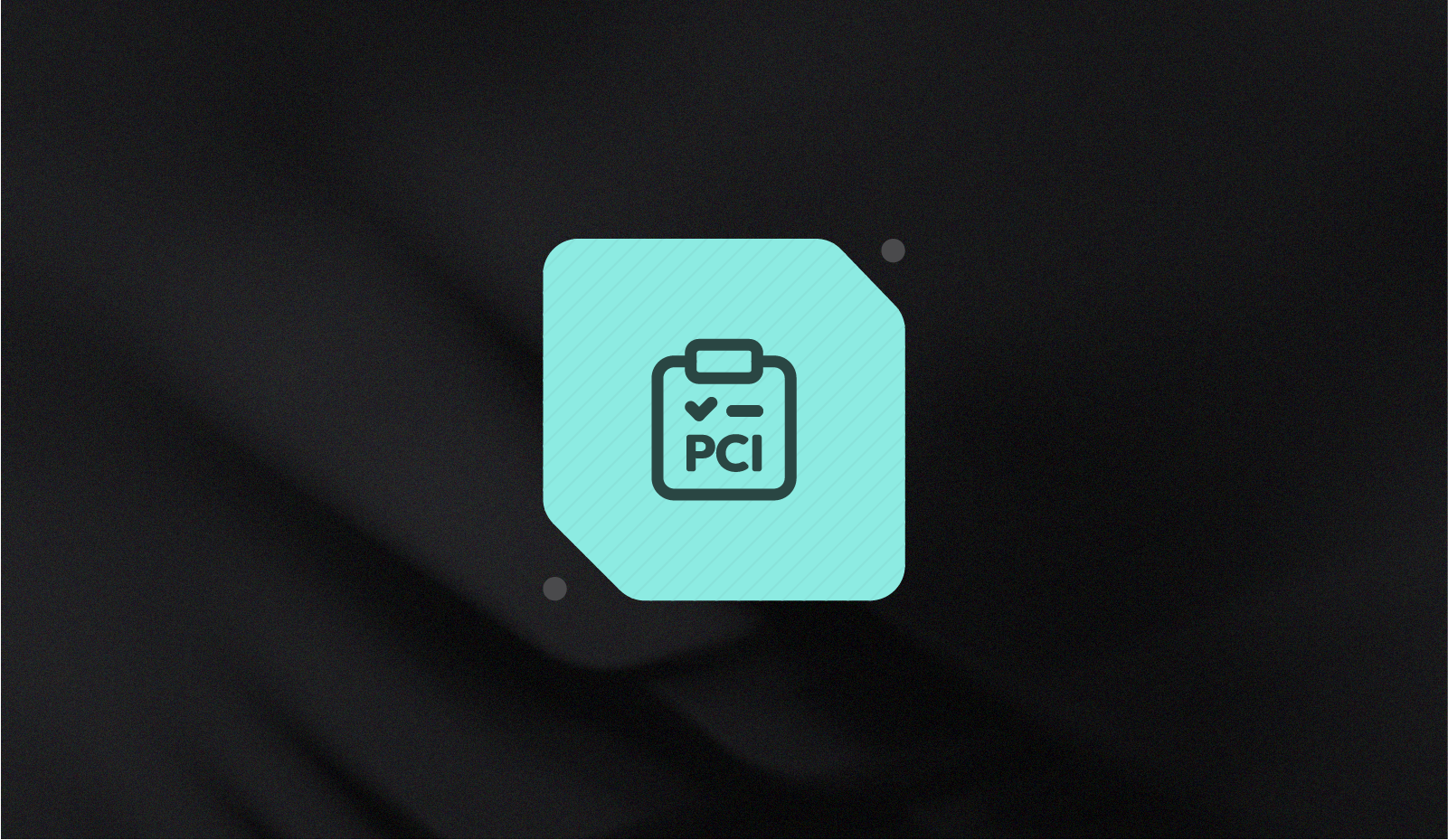
How many PCI requirements are there? A guide to PCI
It’s hard to argue the role PCI compliance plays in today’s digital economy. Today, the framework introduced in the early 2000s outlines 12 PCI security requirements...
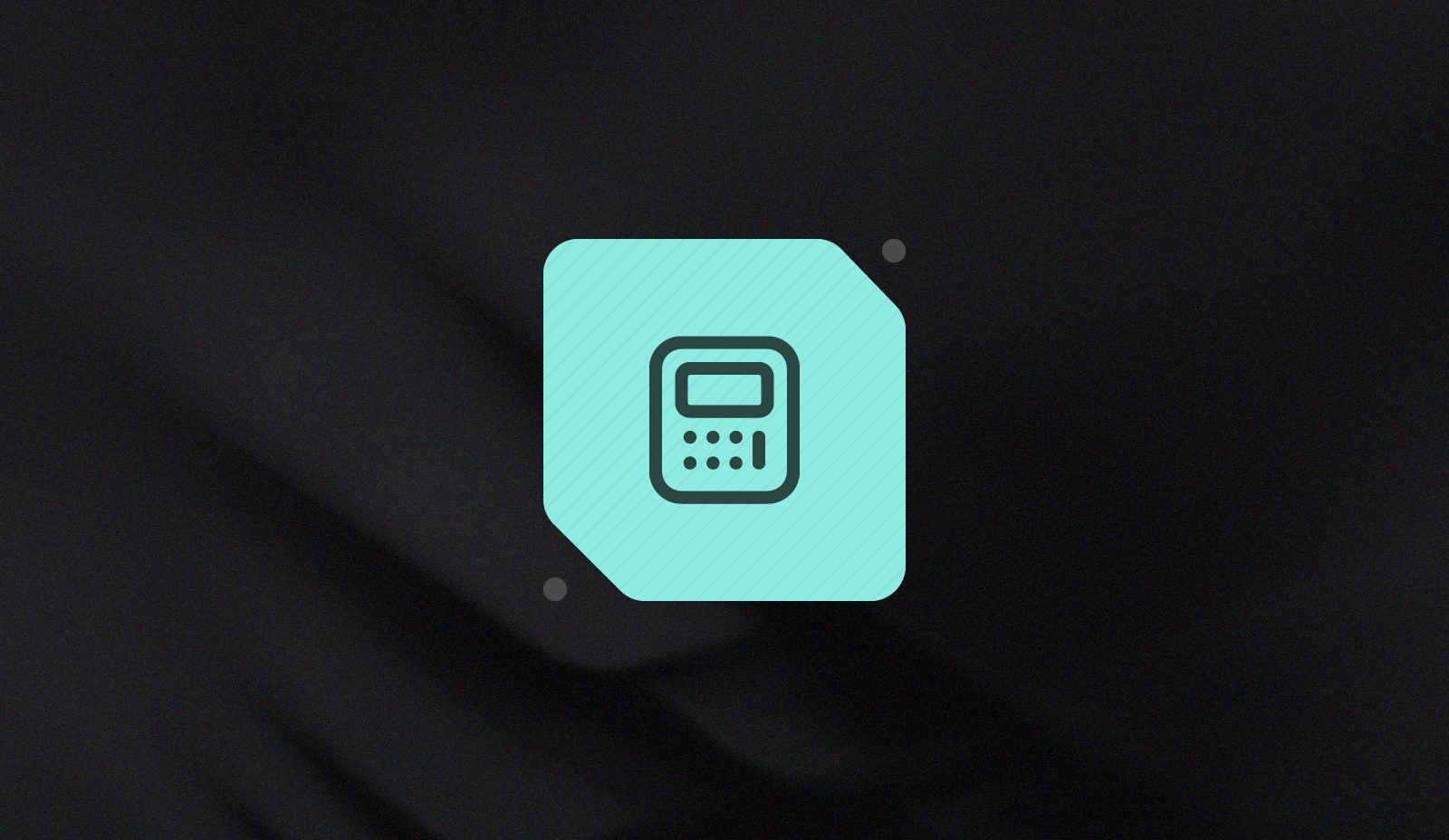
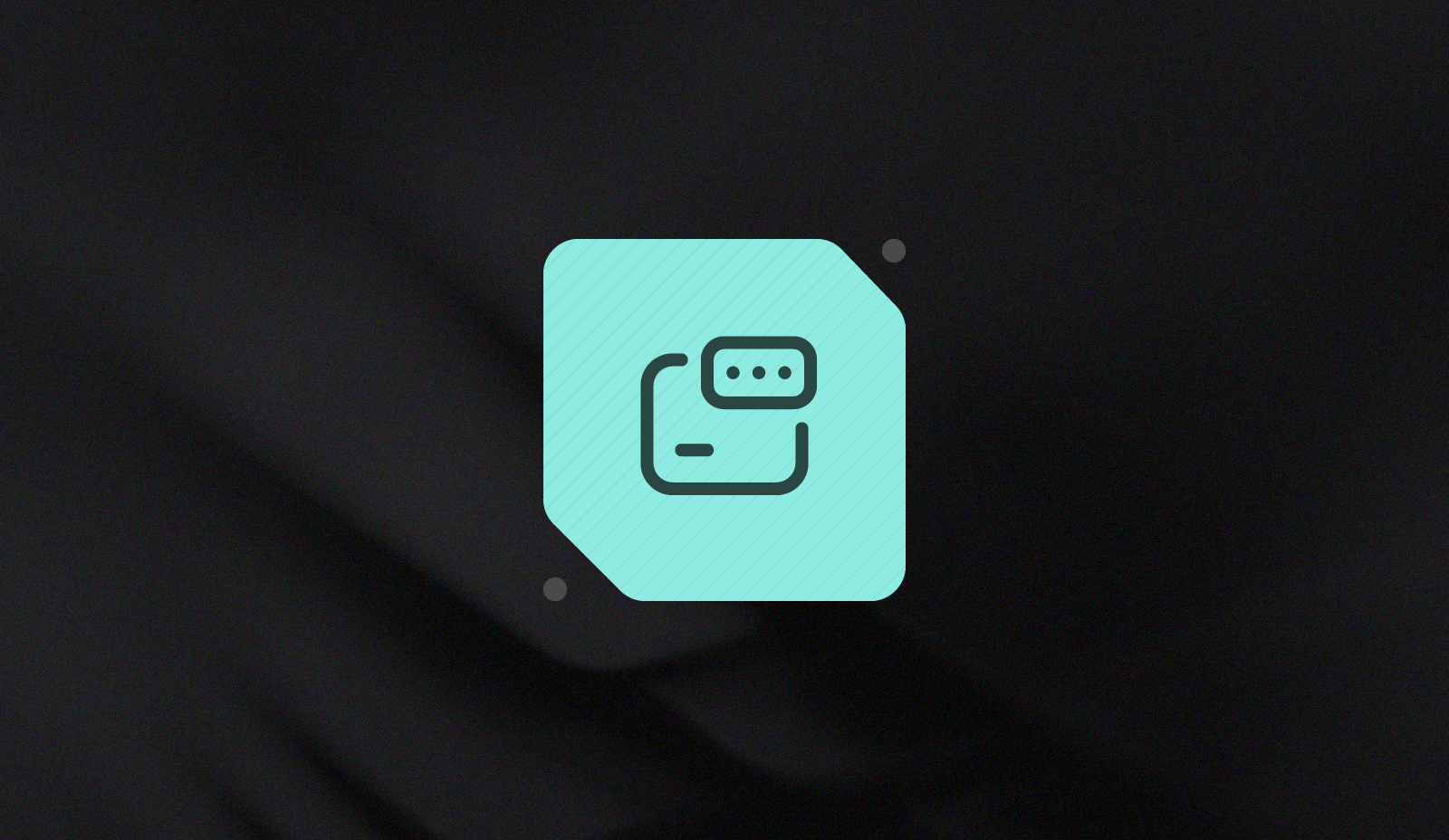
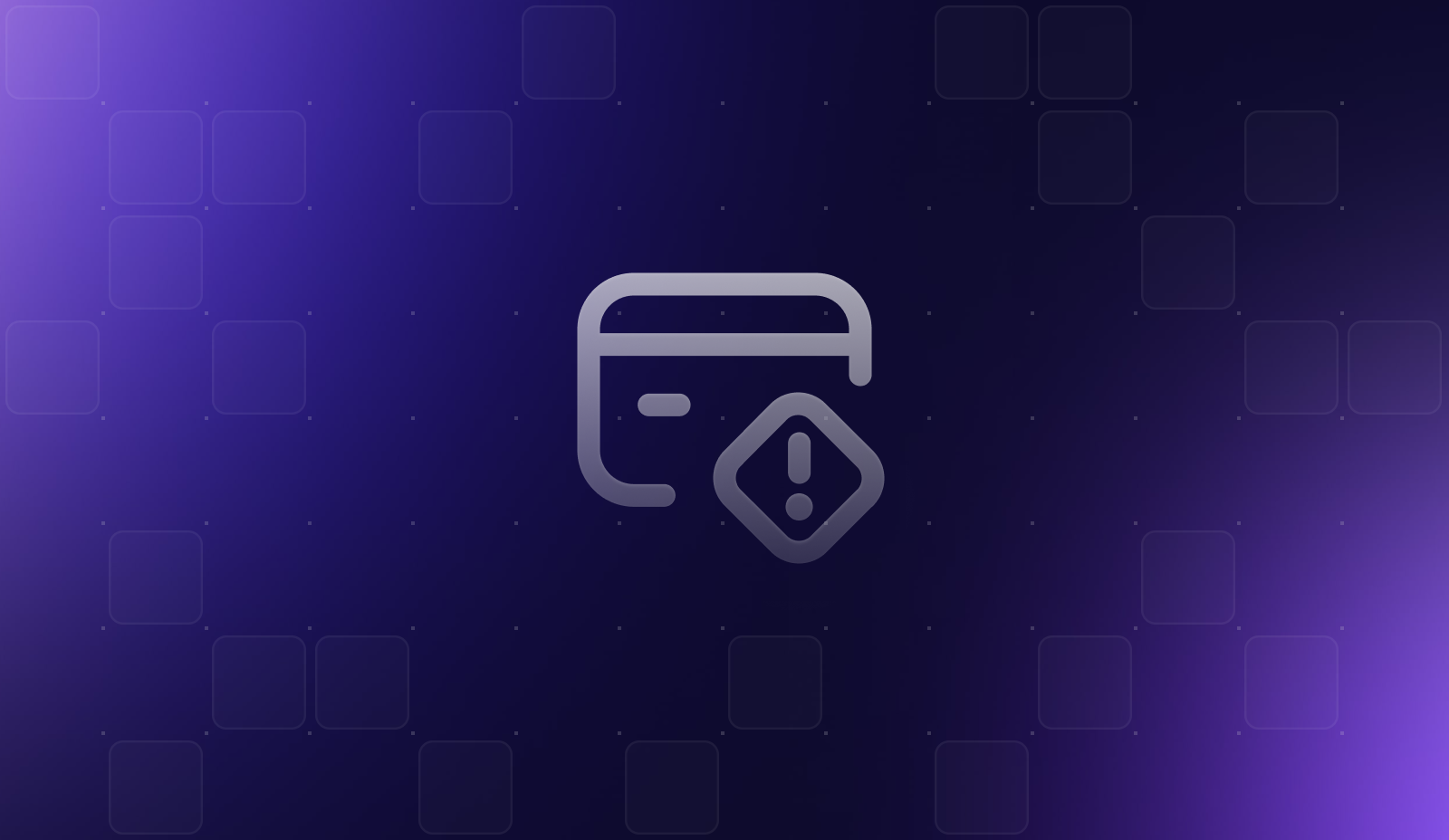
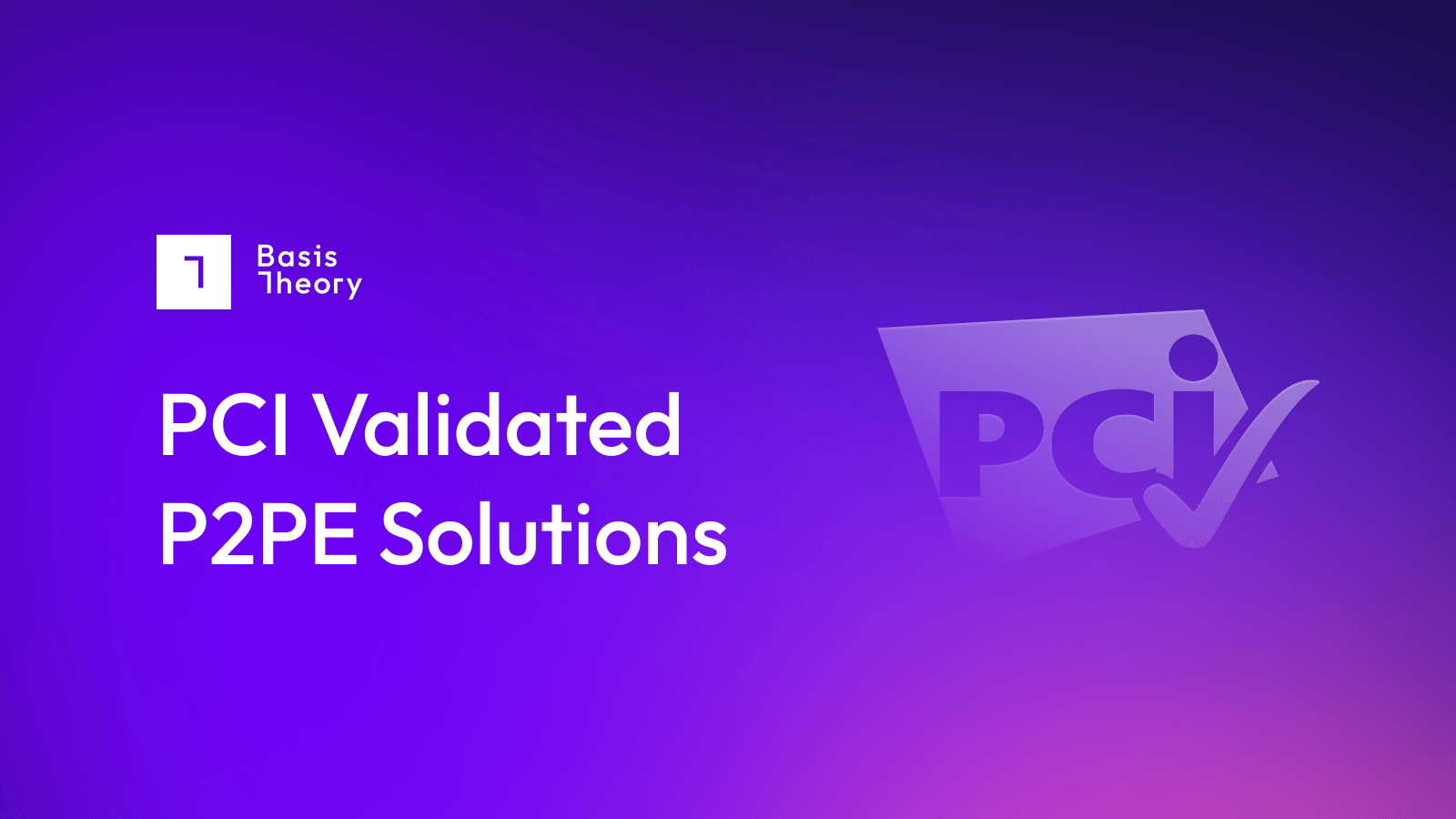
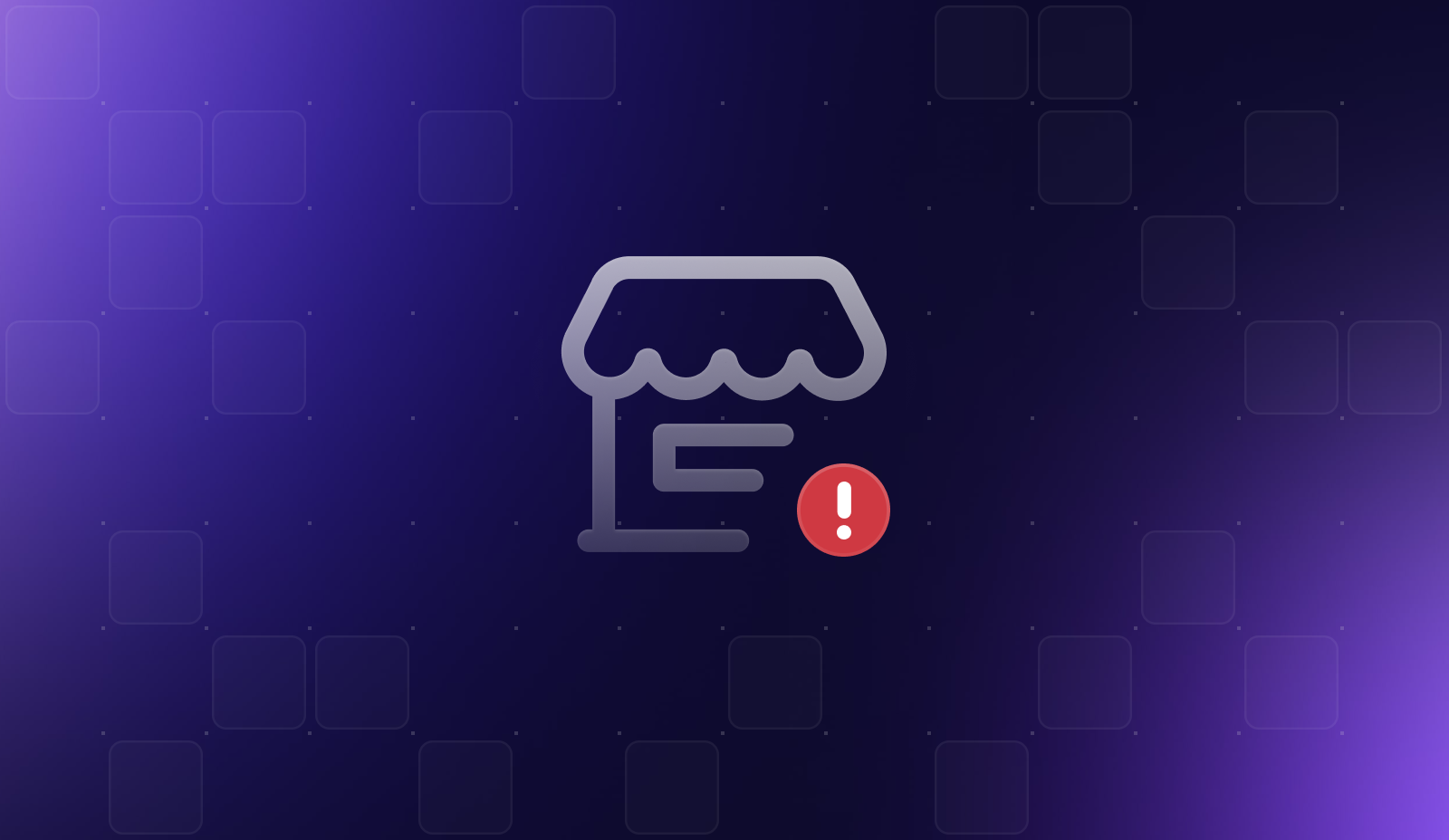
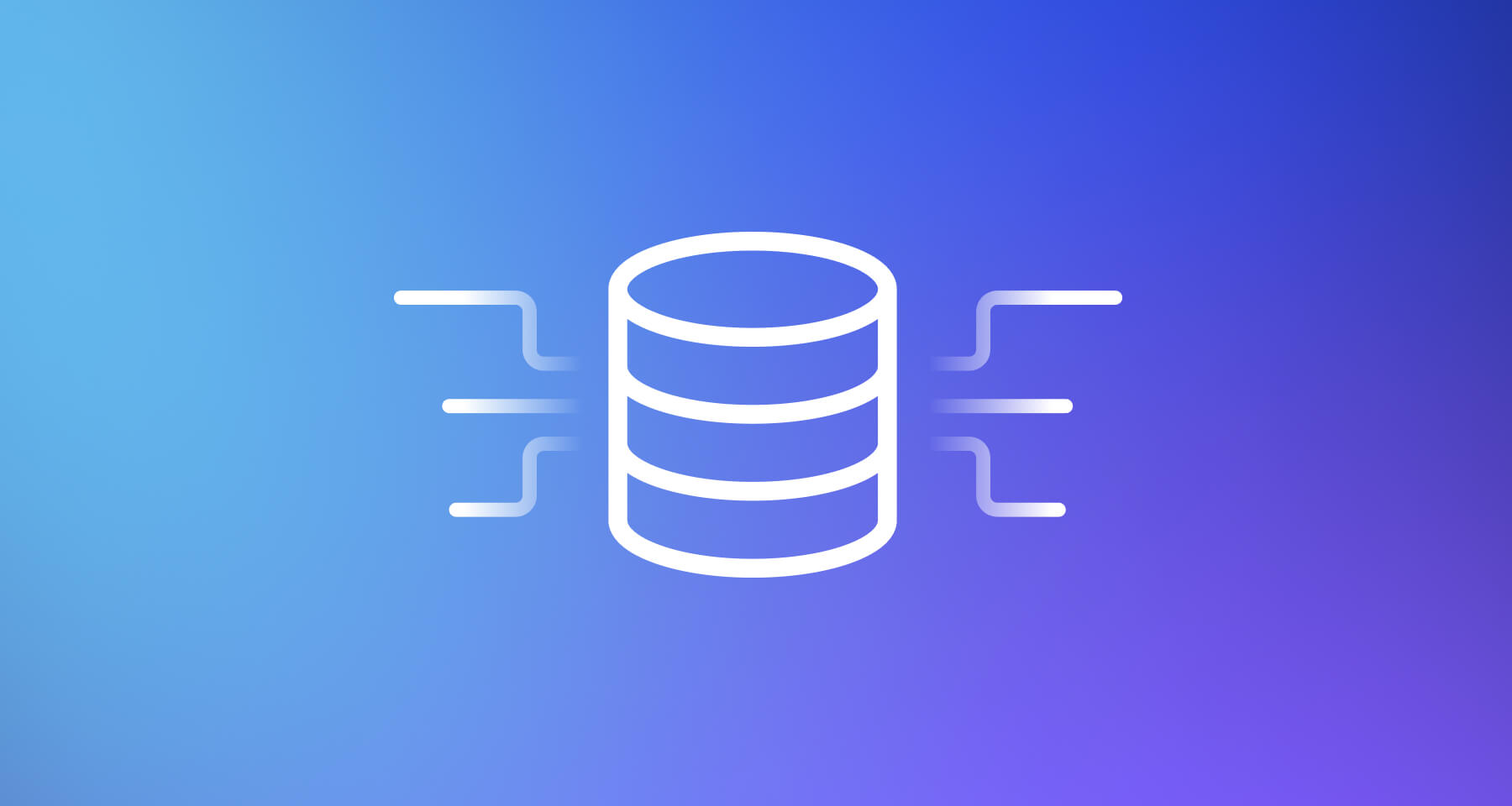
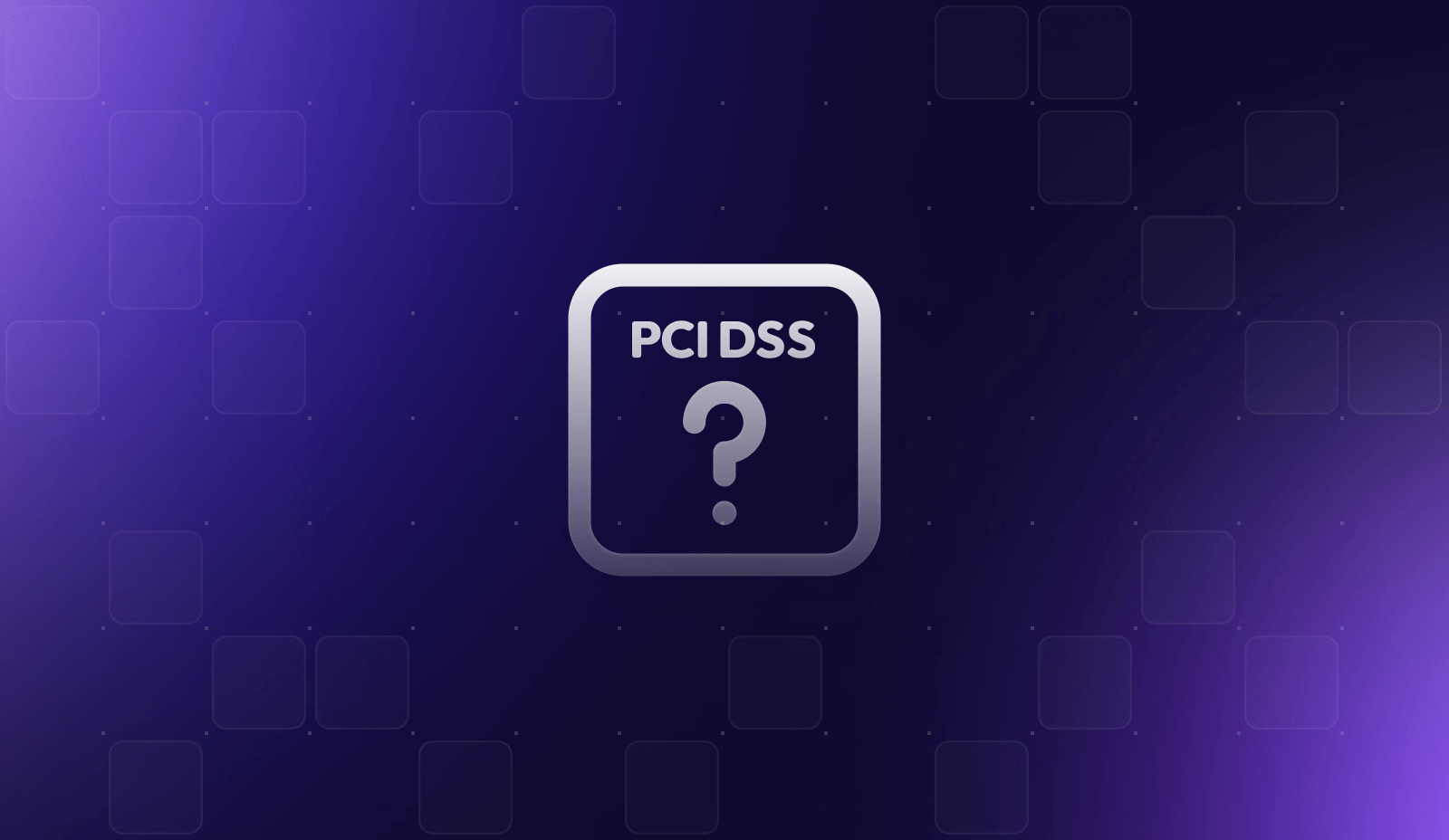
Tokenization and PCI Compliance: FAQs
The data security rules around payments can be puzzling to new and seasoned payments professionals alike. Moreover, while the Payments Card Industry Data Security St...
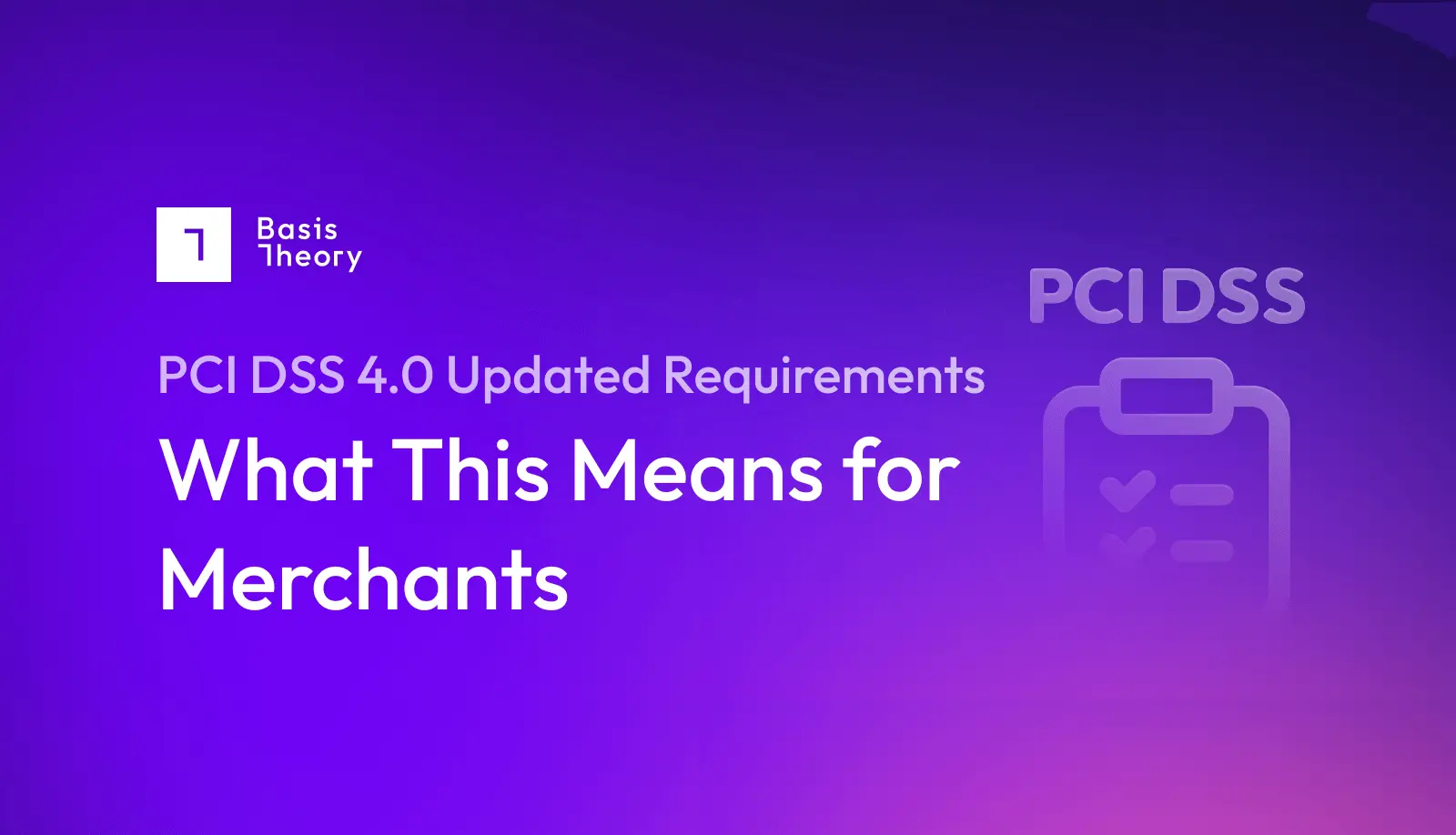
PCI 4.0 Updated Requirements: What This Means for Merchants
The Payment Card Industry Data Security Standard (PCI DSS) is the global standard for ensuring the secure handling of credit card data. It’s designed to protect card...
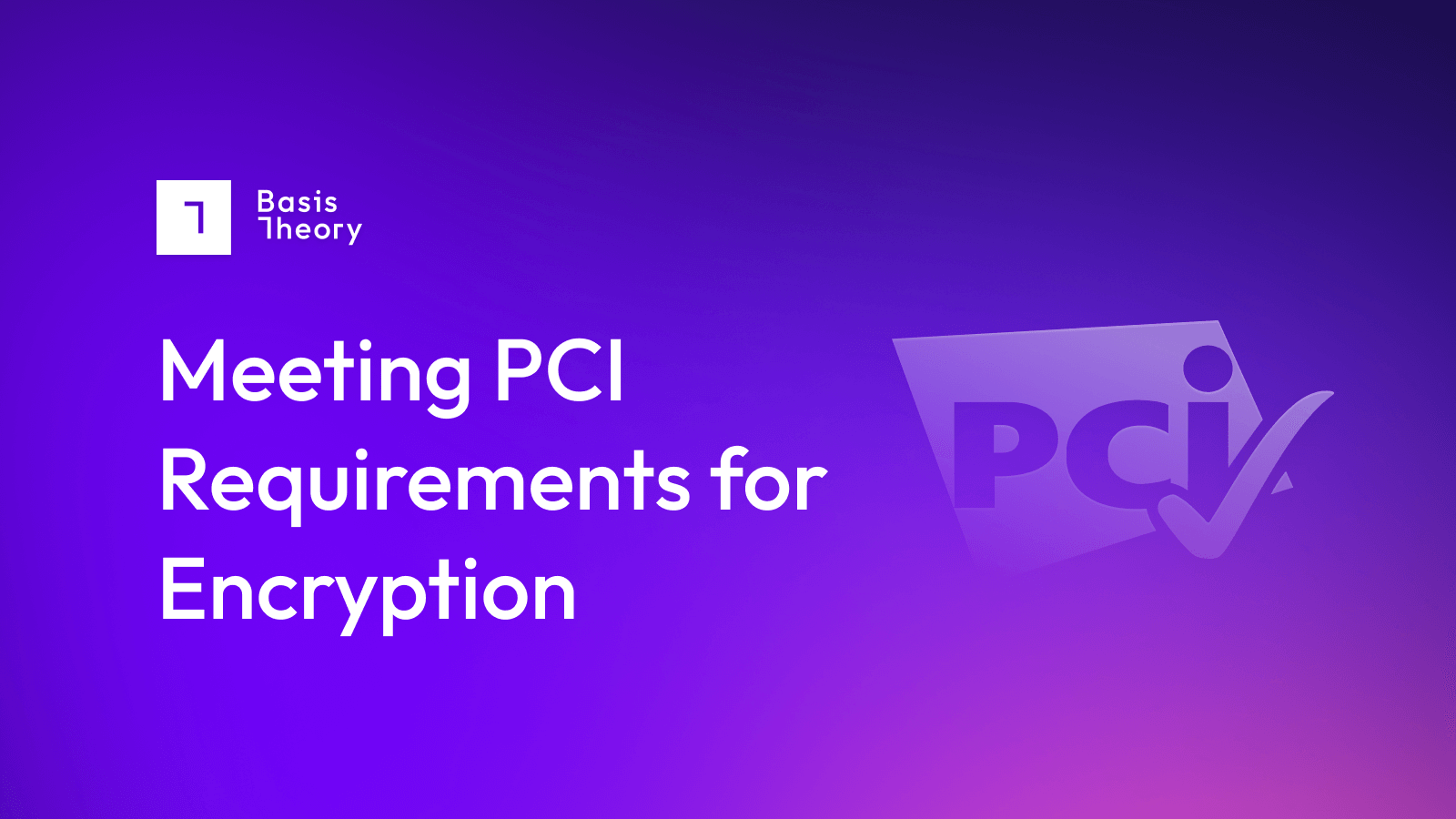
Meeting PCI Requirements for Encryption
The Payments Card Industry Data Security Standard (PCI DSS) outlines hundreds of requirements for storing, processing, and transmitting cardholder data. Any business...
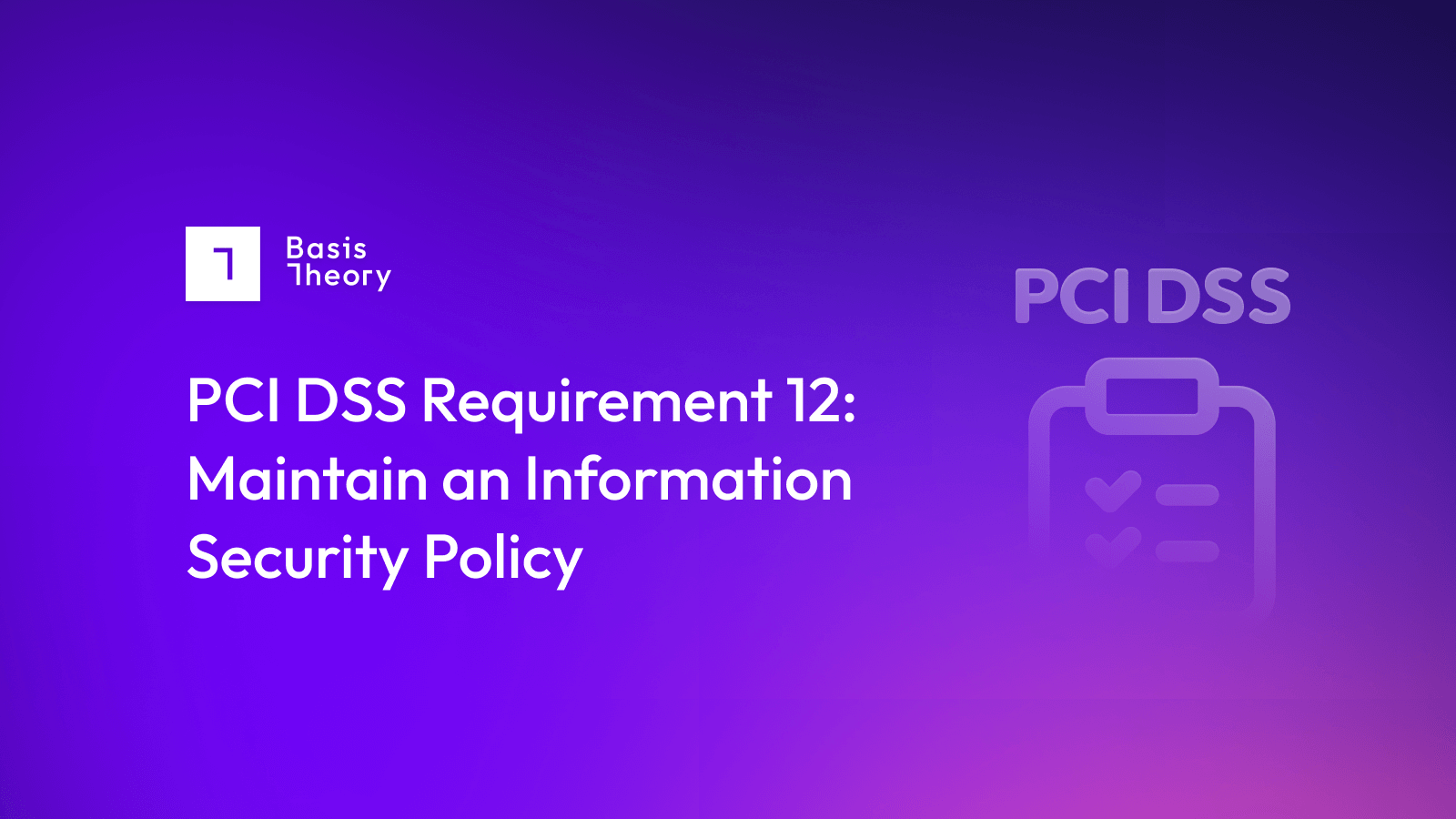
PCI DSS Requirement 12: Maintain an Information Security Policy
As outlined in sub-requirements of the other 11 requirements, documenting expectations of the security posture of an organization is fundamental to the success of th...
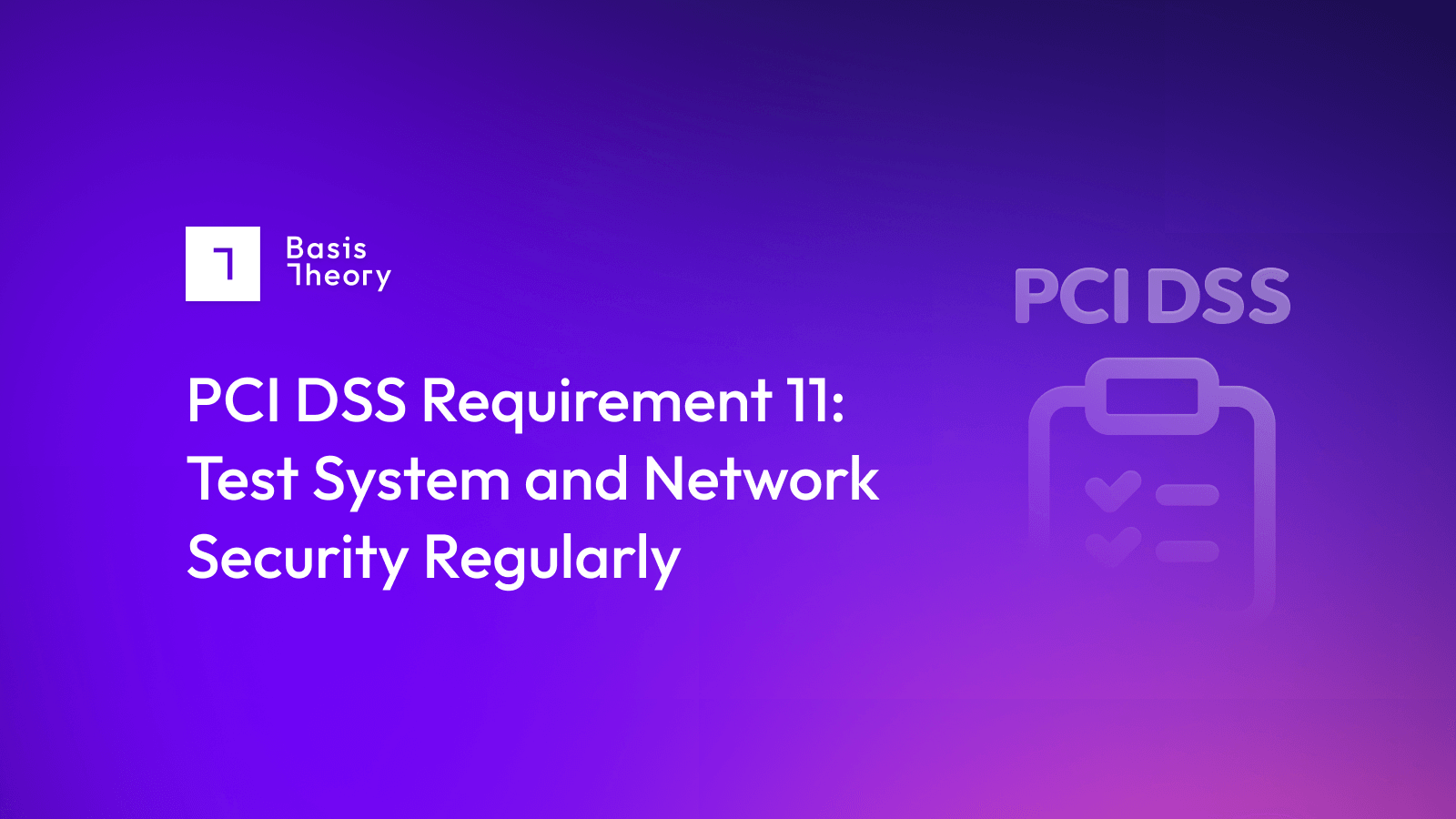
PCI DSS Requirement 11: Test System & Network Security Regularly
System vulnerabilities can serve as an open door for attackers to walk right into secure systems and cause significant harm. The best prevention method is to consist...
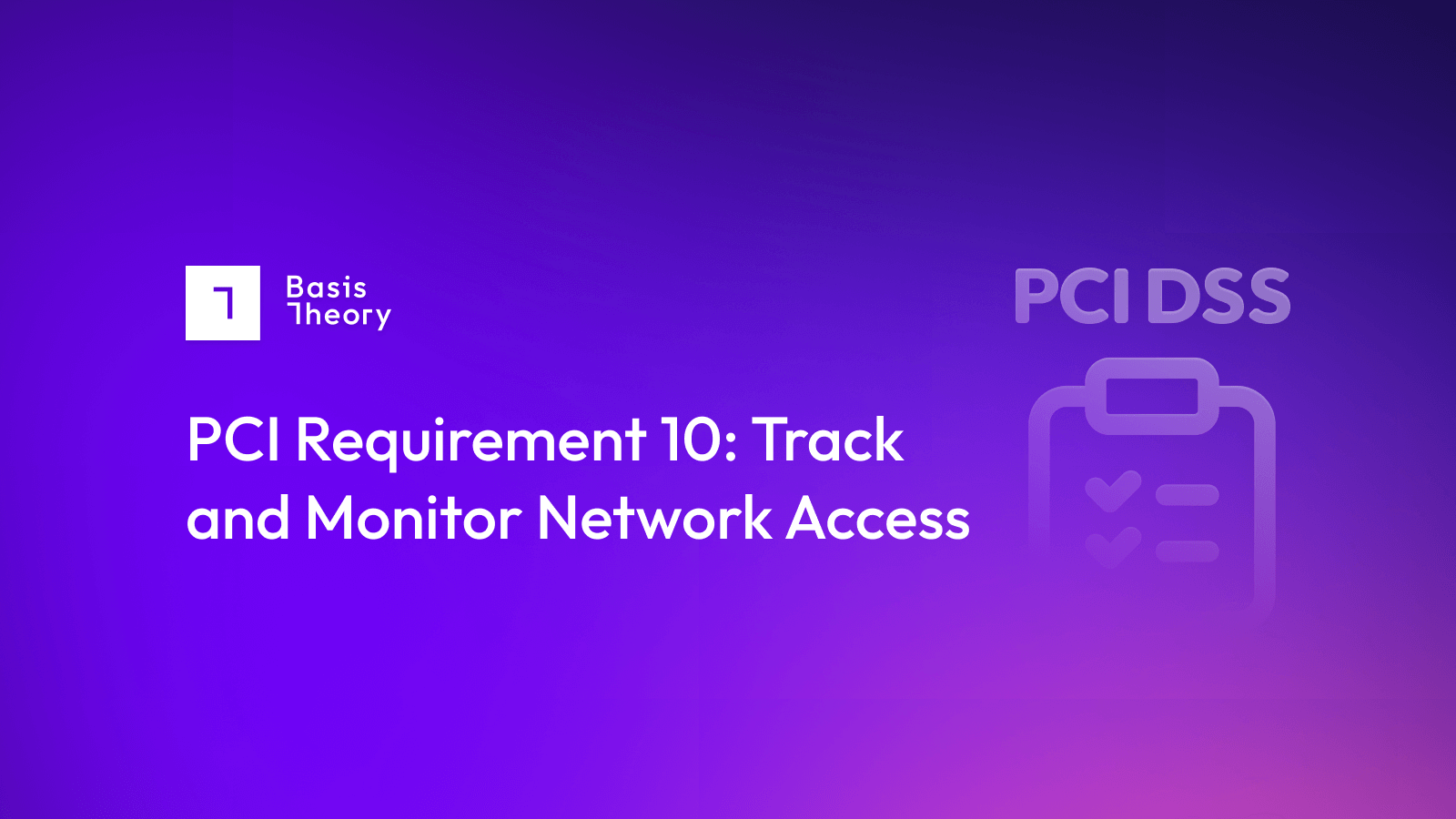
PCI DSS Requirement 10: Track and Monitor Network Access
Logging mechanisms and tracked user activities are critical to preventing, detecting, or minimizing the impact of a data compromise. Implementing logs on all system ...
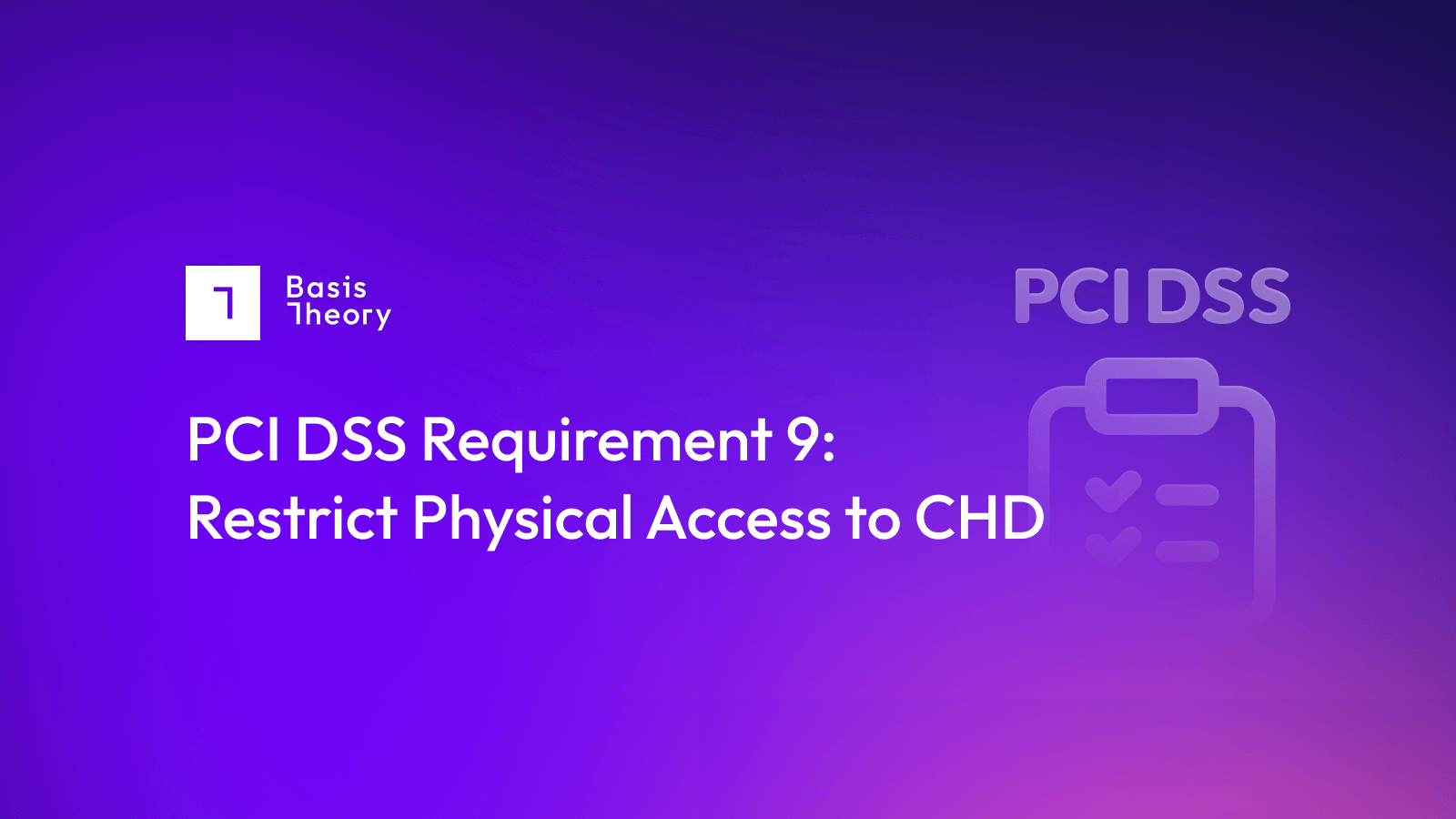
PCI DSS Requirement 9: Restrict Physical Access to Cardholder Data
While many organizations may prioritize the digital security measures needed to protect cardholder data, physical securities shouldn’t be forgotten. All physical acc...
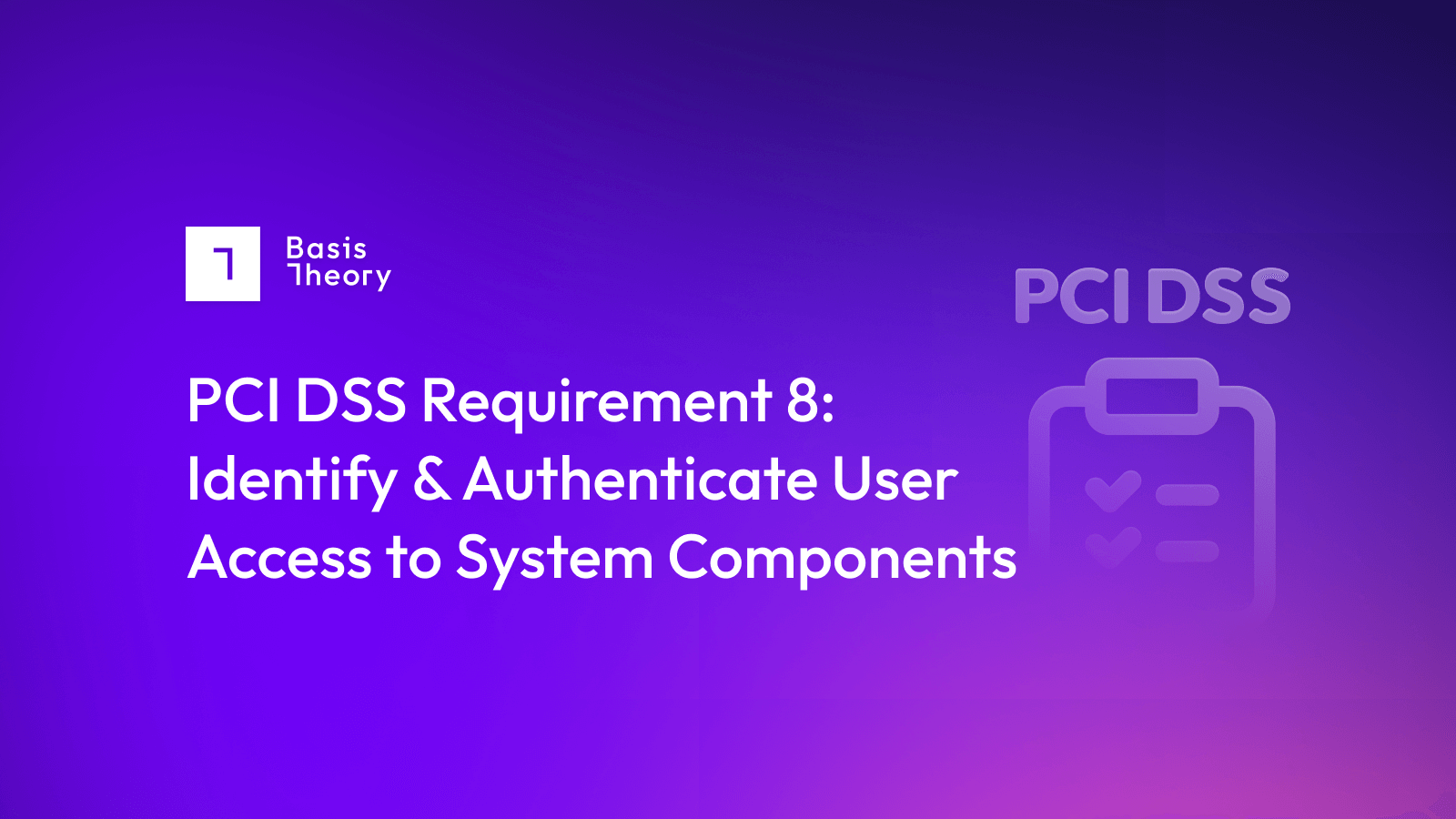
PCI DSS Requirement 8: Identify & Authenticate User Access to System Components
PCI DSS Requirement 8 provides detailed guidance on the two fundamental principles for identifying and authenticating users: establishing the identity of a person th...
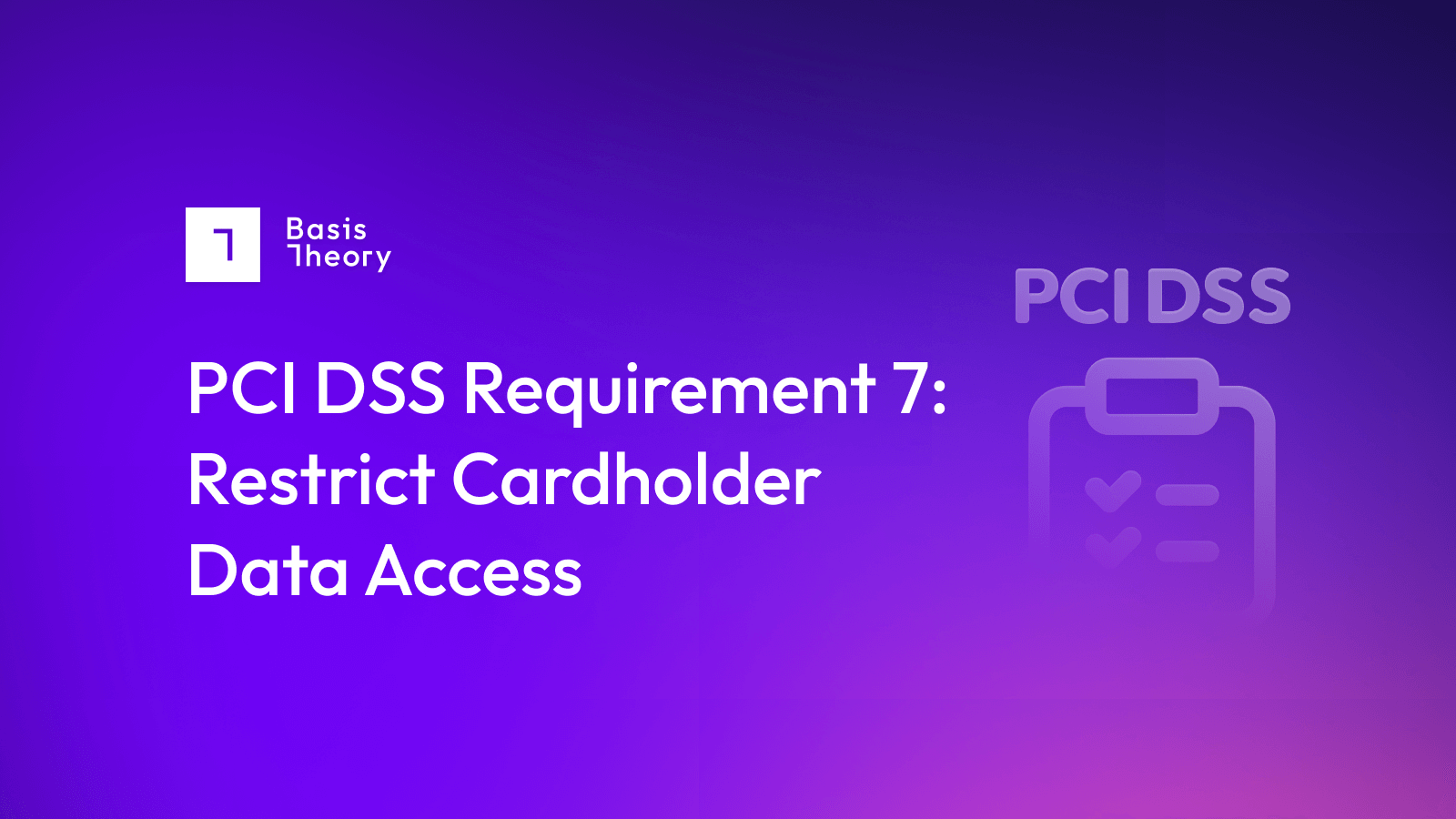
PCI DSS Requirement 7: Restrict Cardholder Data Access
Assigning permissions carefully is one means of protecting sensitive account data by providing the minimum level of access necessary to perform an employee’s job.
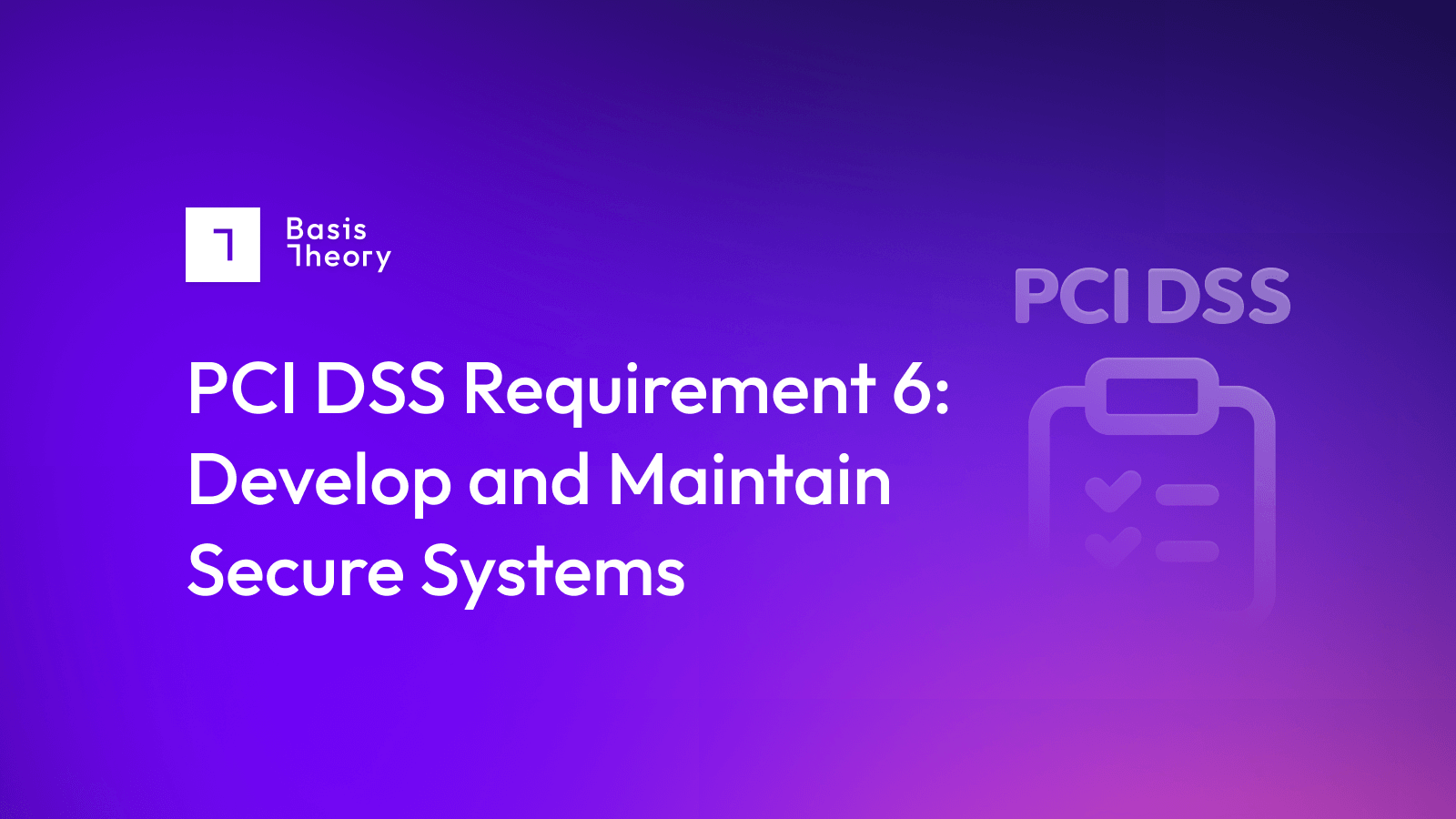
PCI DSS Requirement 6: Develop and Maintain Secure Systems
PCI DSS Requirement 6 highlights the importance of installing security patches in order to protect systems from being accessed by anyone with malicious intentions. F...
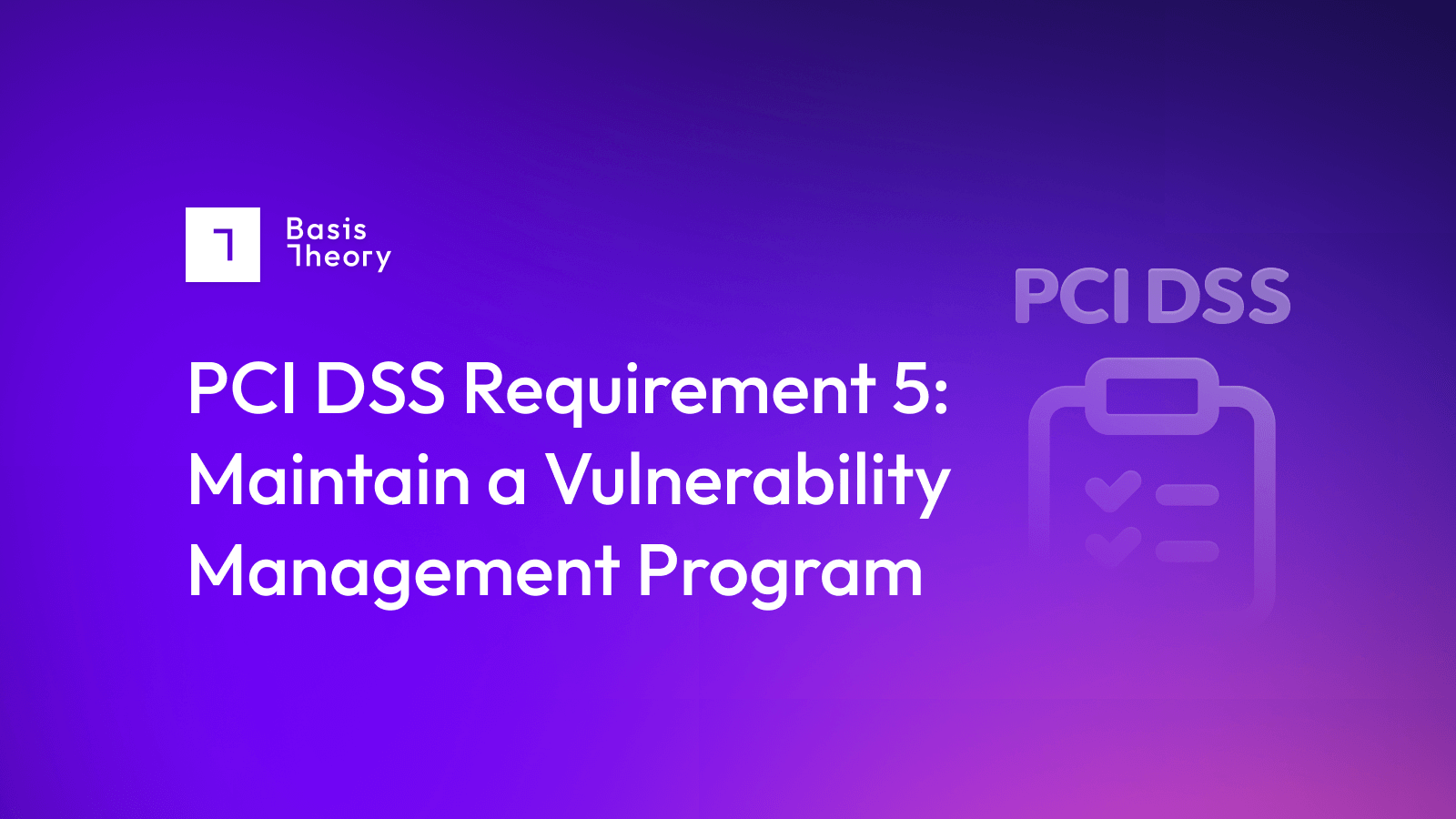
PCI DSS Requirement 5: Protect All Systems and Networks from Malicious Software
Malicious software, also commonly known as malware, is any software or firmware specifically designed to cause damage to, or penetrate the security systems of, a com...
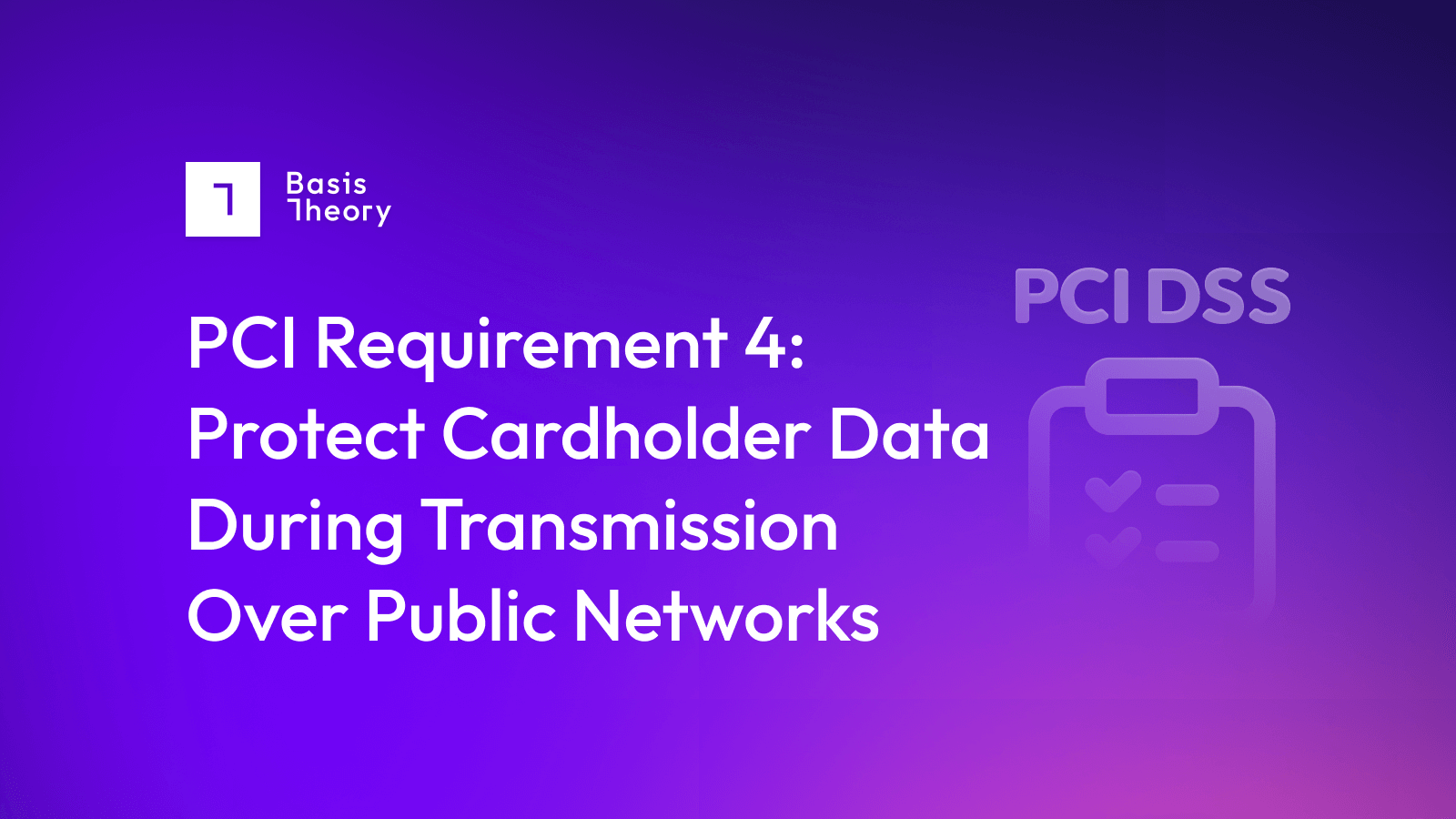
PCI DSS Requirement 4: Protect Cardholder Data During Transmission Over Public Networks
Vulnerabilities in legacy encryption and authentication protocols for wireless networks are often targeted by malicious individuals aiming to gain access to cardhold...
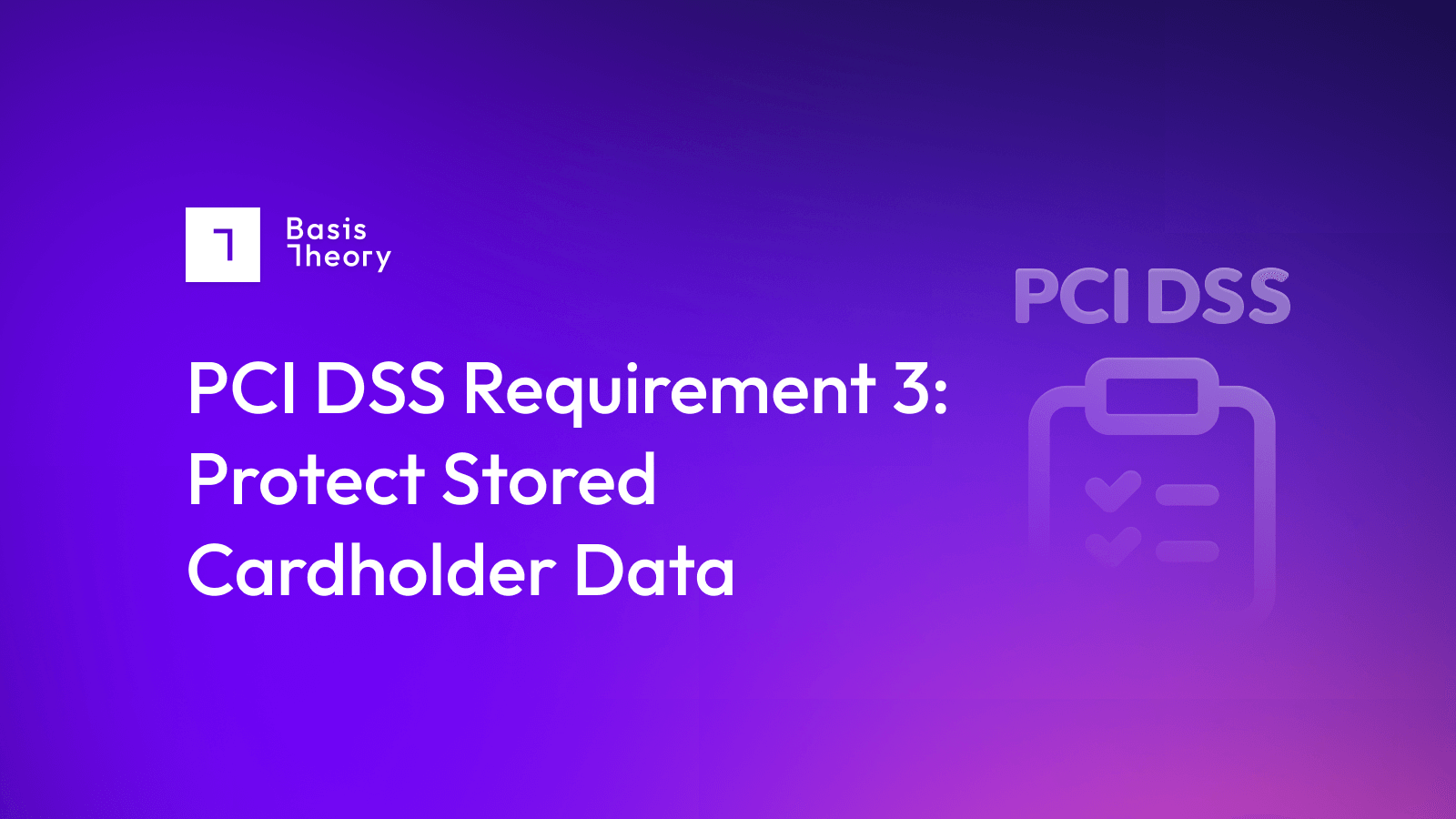
PCI DSS Requirement 3: Protect Stored Account Data
Public exposure of stored account and transaction data, either intentional or unintentional, can cause serious damage to a merchant. This is why the PCI SSC has crea...
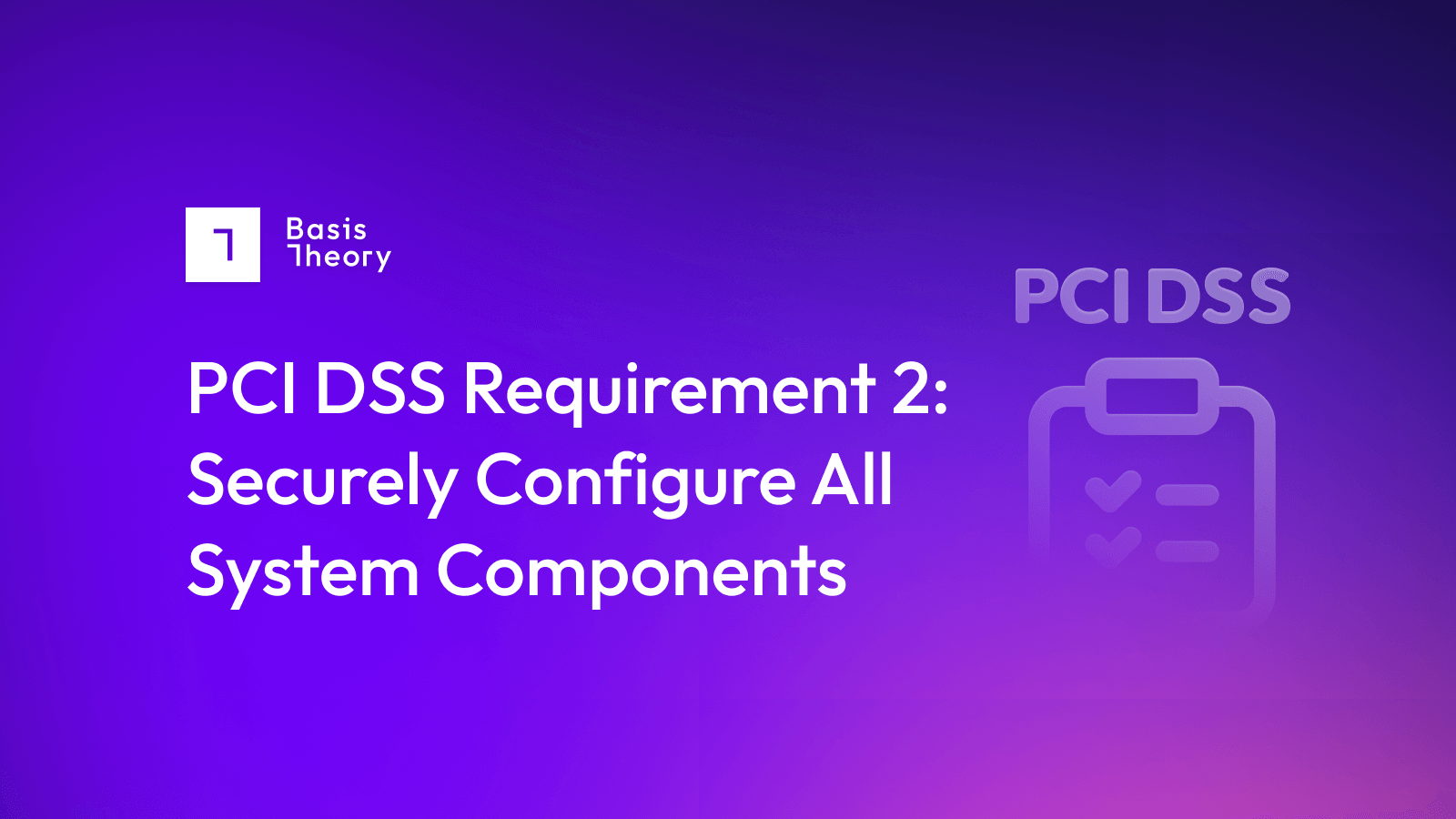
PCI DSS Requirement 2: Securely Configure All System Components
Attackers often use default passwords and other vendor default settings to compromise systems. These passwords and settings are both well known and easily accessible...
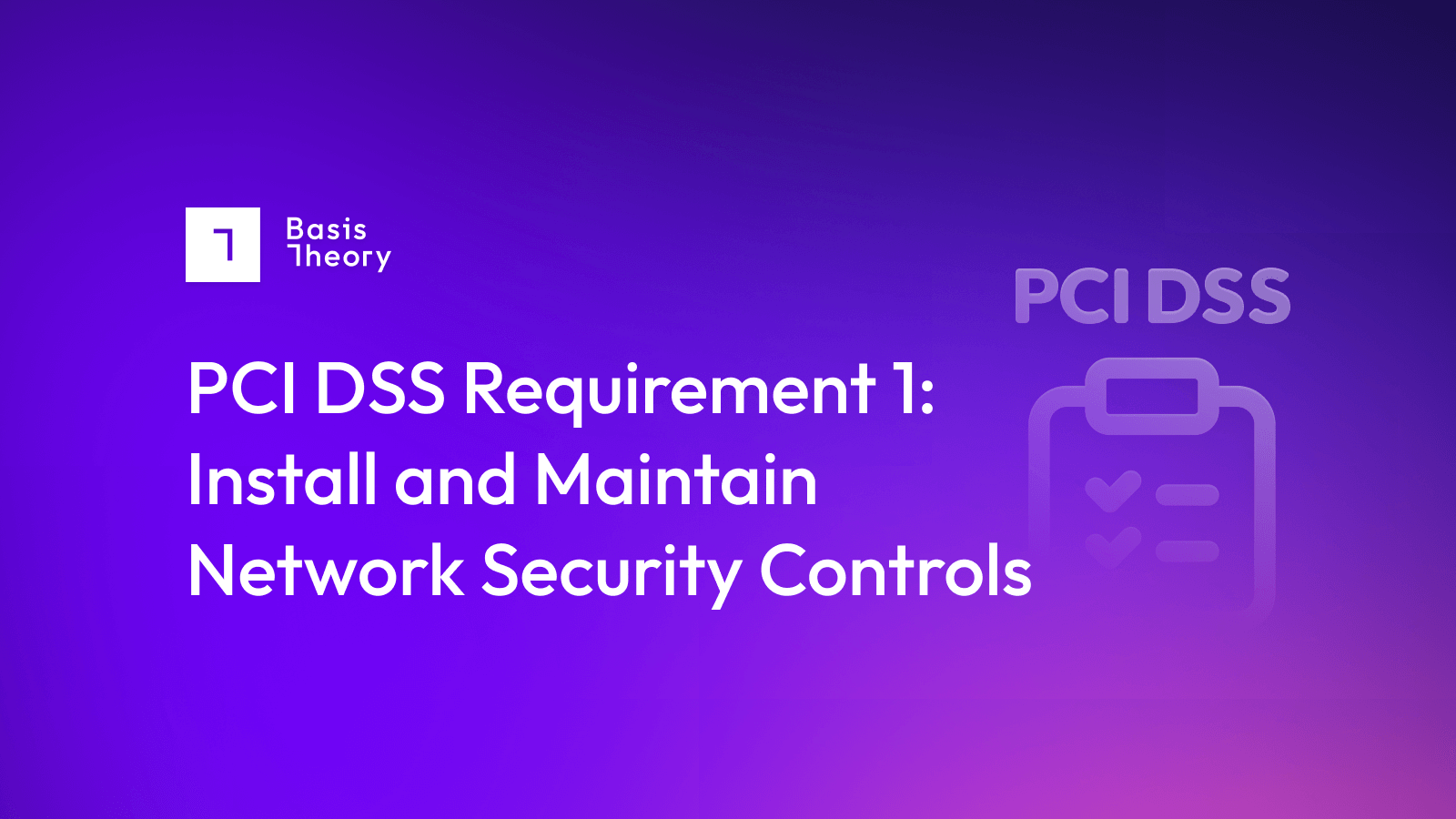
PCI DSS Requirement 1: Install and Maintain Network Security Controls
Requirement 1 of the Payment Card Industry Data Security Standard (PCI DSS) is to “Install and Maintain Network Security Controls”. It is designed to help merchants ...
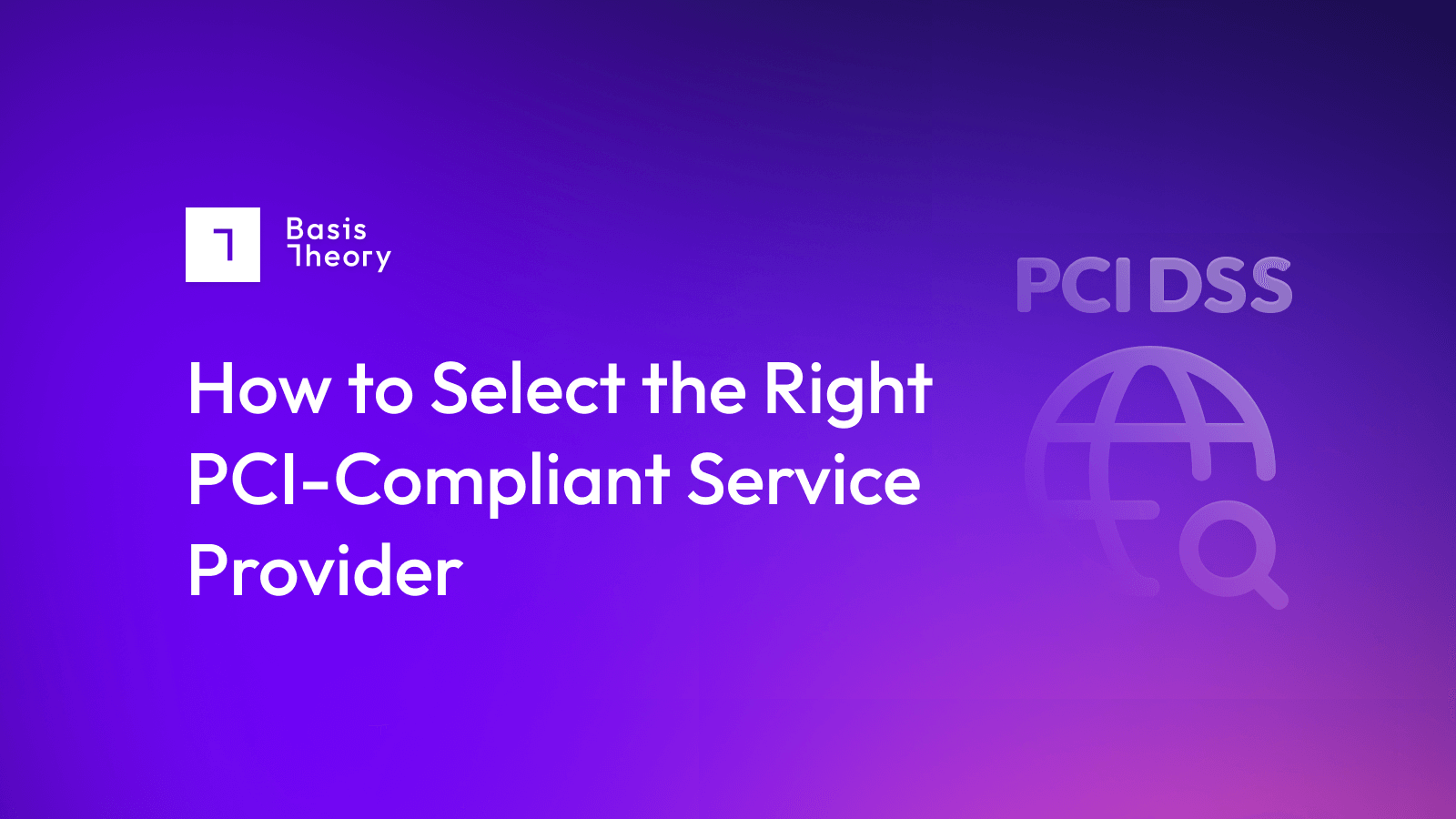
How to Select the Right PCI-Compliant Service Provider
Any entity involved in transacting credit card business has an obligation to comply with Payment Card Industry Data Security Standards (PCI DSS), which is a publishe...
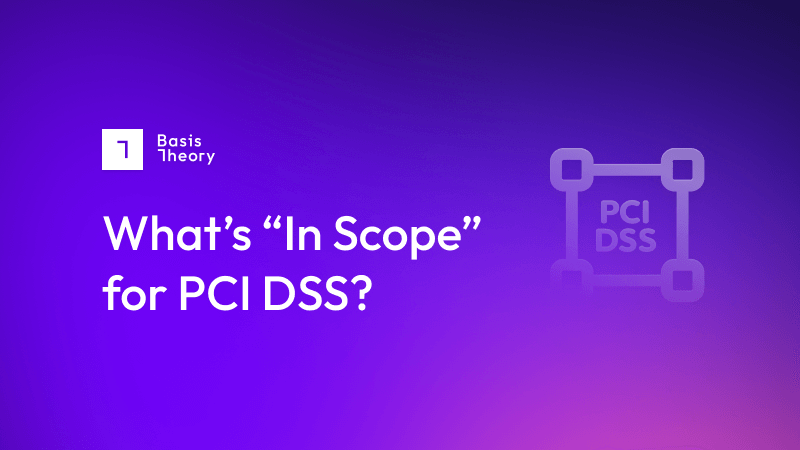
What’s in PCI Scope vs. Out of Scope?
What is PCI-DSS and What Does it Mean to be in Scope? PCI-DSS (the Payment Card Industry Data Security Standard) is an information security standard used by every en...
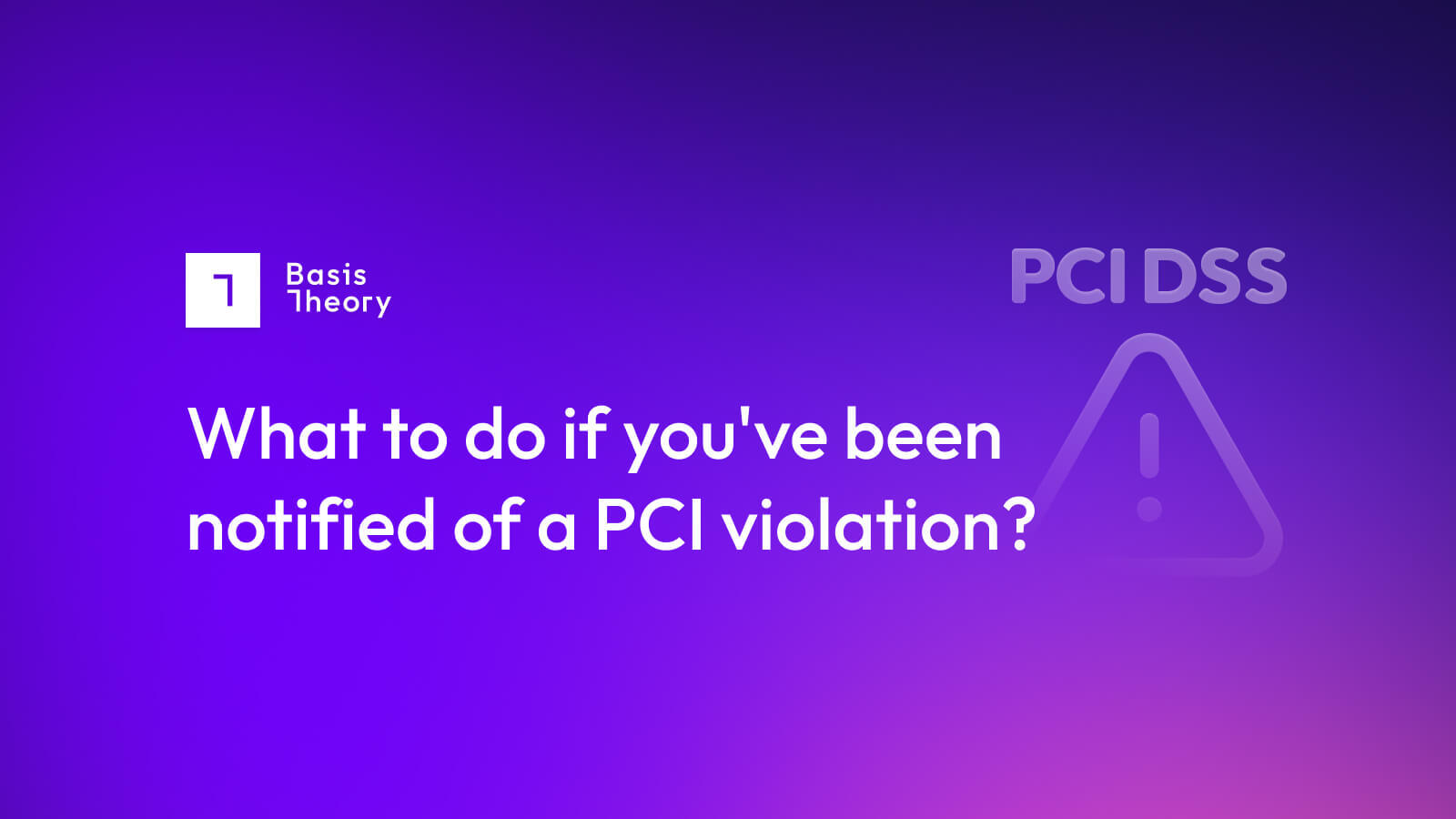
What You Should Know About PCI Violations
PCI-DSS is a detailed and complex security standard that any entity involved in credit card payments must adhere to. Broadly speaking, its purpose is to ensure that ...
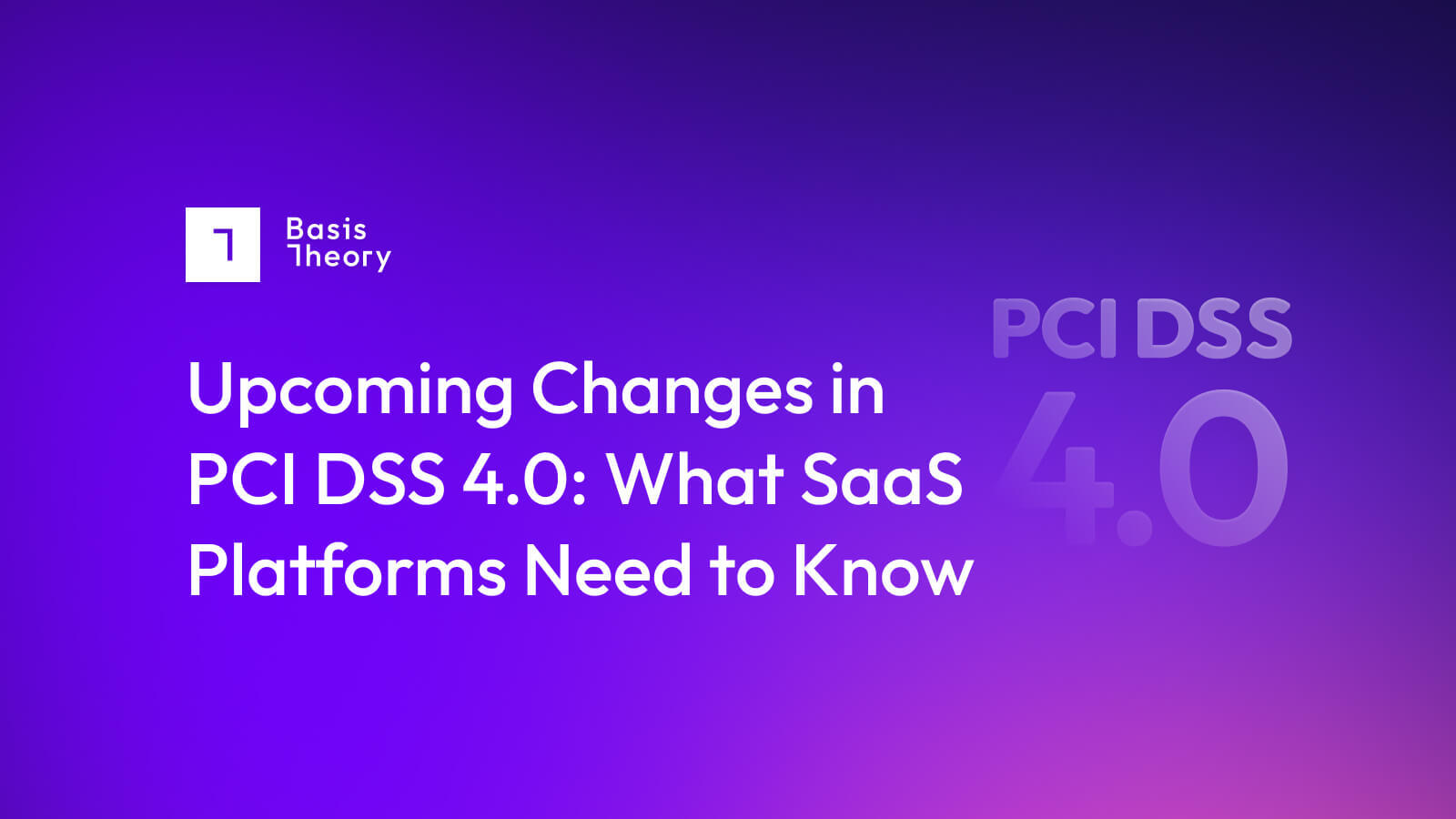
Upcoming Changes in PCI DSS 4.0: What SaaS Platforms Need to Know
The Payment Card Industry Data Security Standard (PCI DSS) is the global standard for ensuring the secure handling of credit card data. It’s designed to protect card...
_.png)
What is Sensitive Authentication Data?
Learn about sensitive authentication data (SAD), like CVV and CVC, how it works, and why you likely can’t store it.
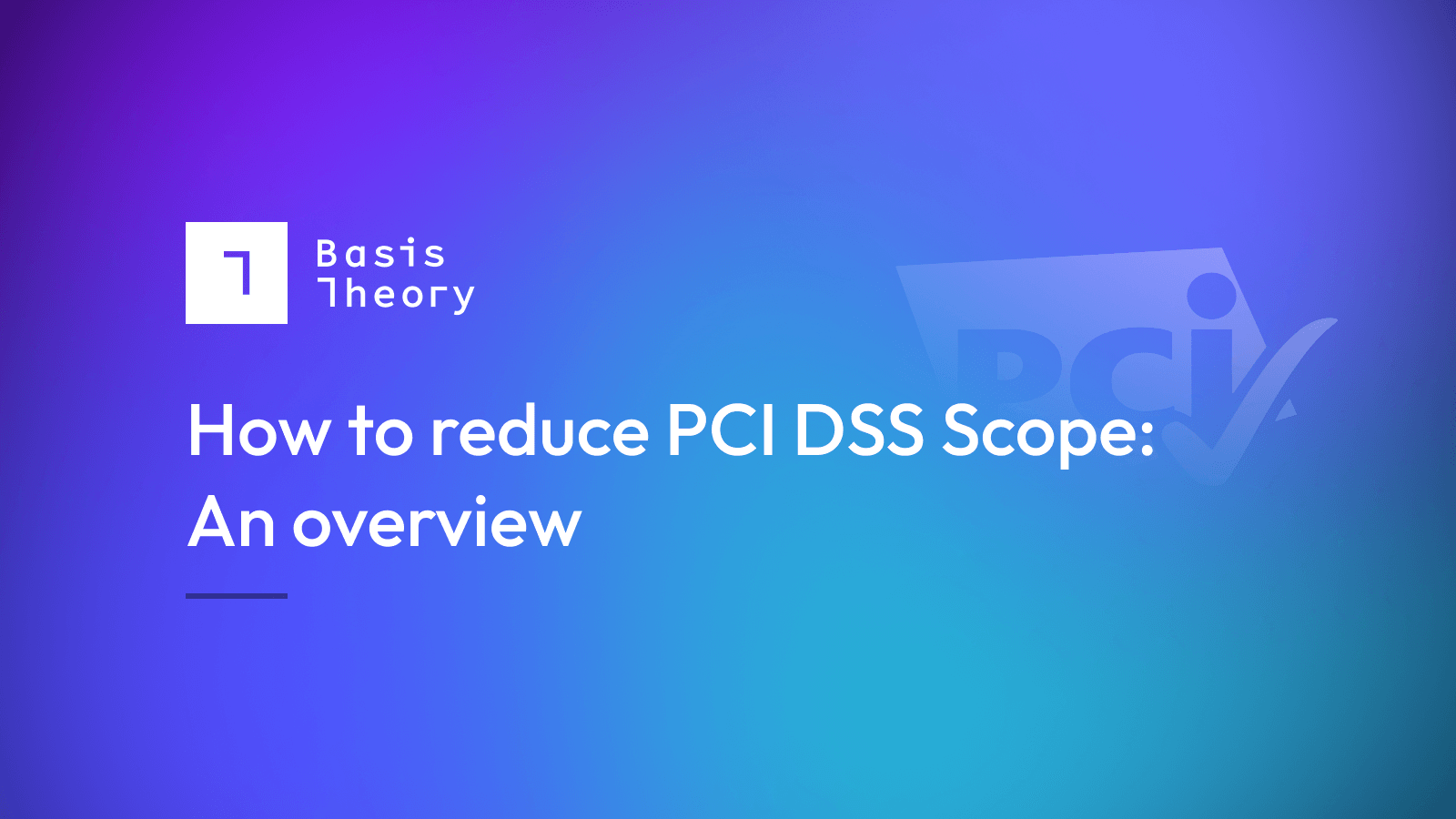
How to reduce PCI DSS Scope: An overview
Understanding PCI scope is the first step to reducing it. Get the basics and learn how to reduce scope by as much as 93%.
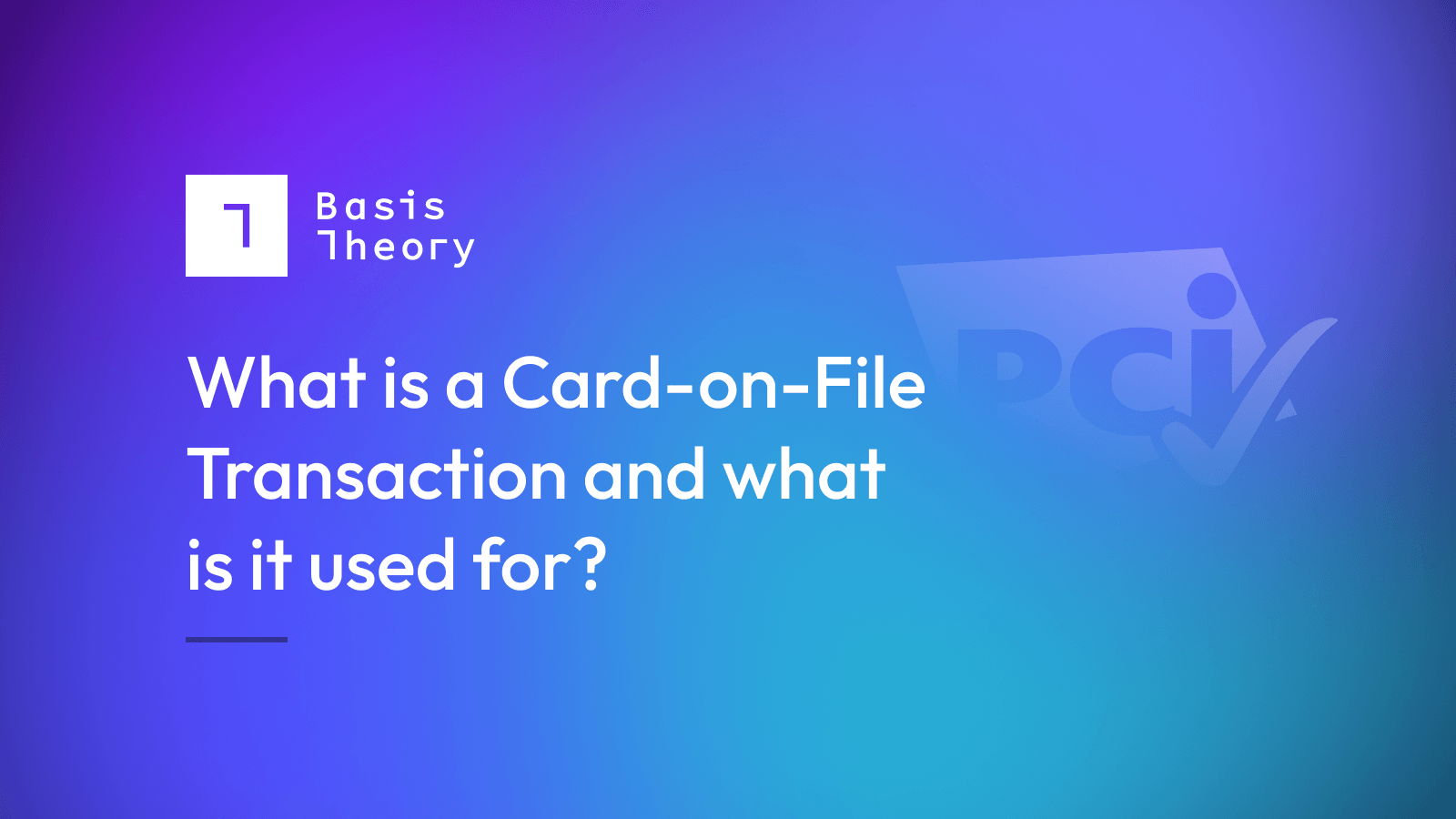
What is a Card-on-File Transaction and what is it used for?
In this guide, we’ll review how card-on-file transactions work, examples of where they can be used, and benefits and drawbacks.
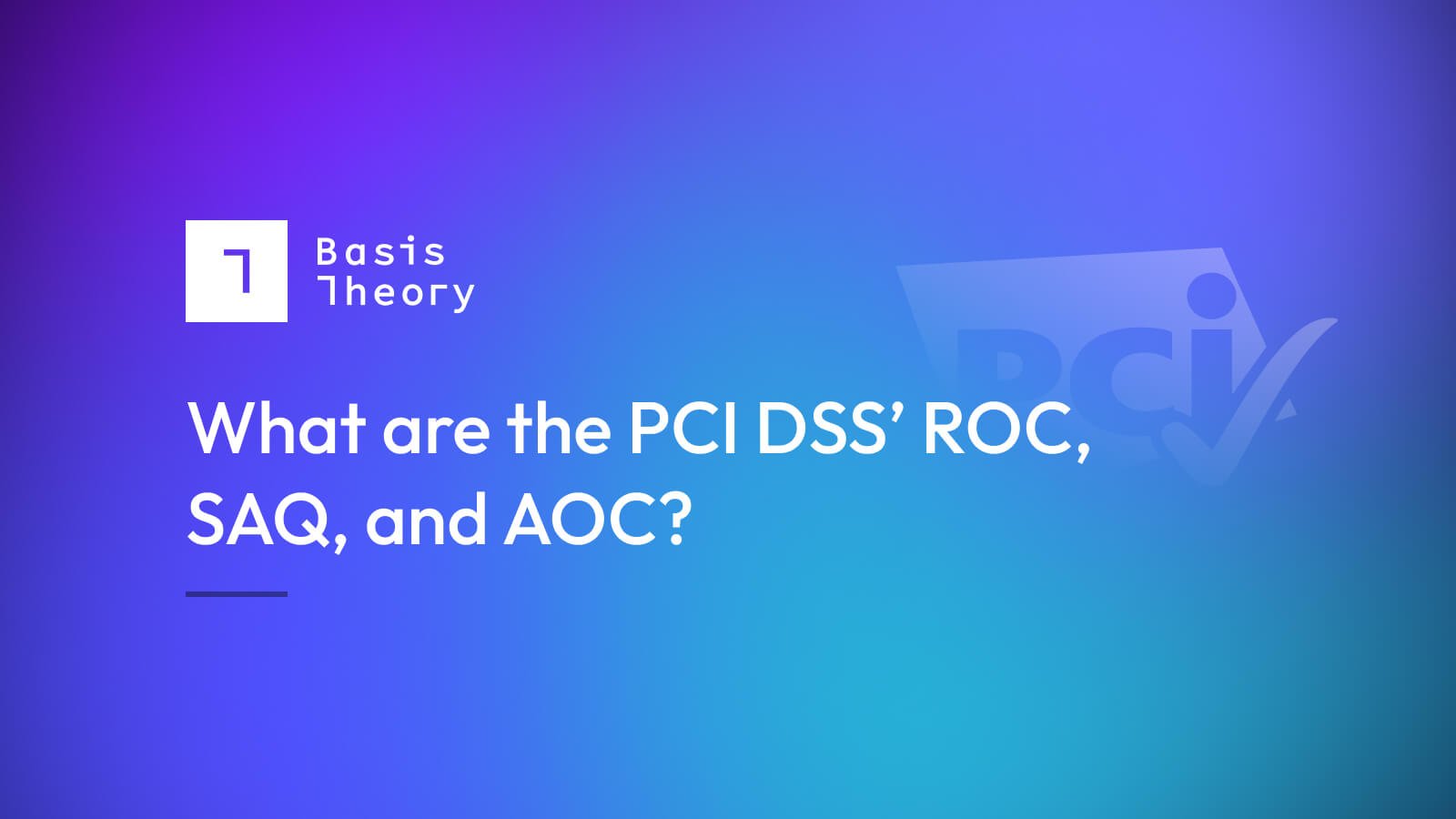
What are the PCI DSS’ ROC, SAQ, and AOC?
Everything you need to know about PCI DSS’ self-assessment questionnaires, Report on Compliance, an Attestation of Compliance.

Storing Credit Cards: Outsource a Solution, or Build?
Learn the core concepts, efforts, and trade-offs between building or buying a cardholder data environment (CDE).

How to Store Credit Cards: Building in-house
Get a high-level overview of the effort and trade-offs required to build your own cardholder data environment (CDE).
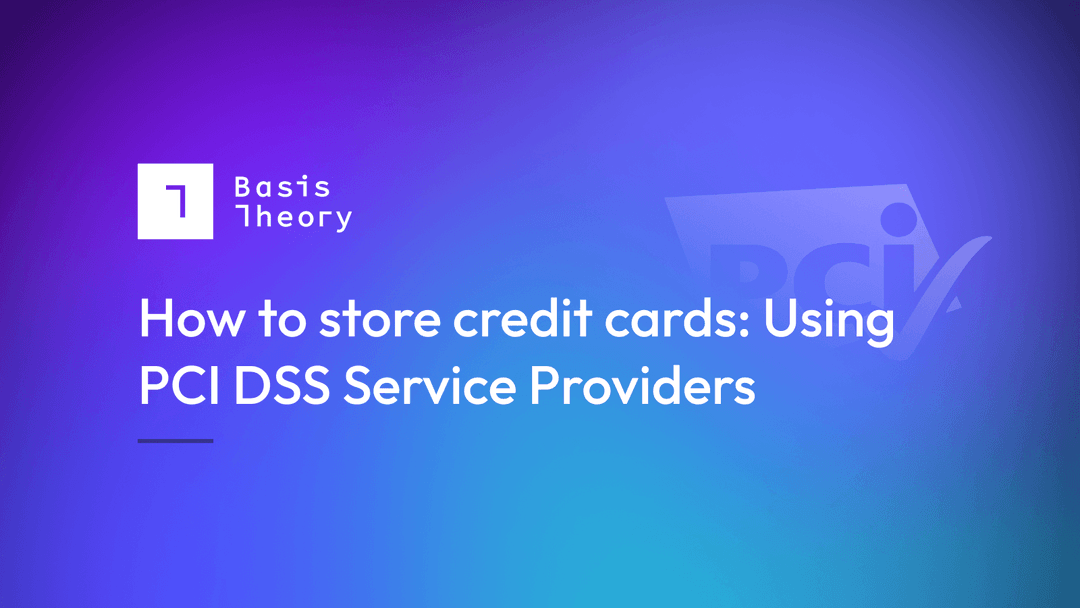
How to store credit cards: Using PCI DSS Service Providers
Whether you’re looking to simply accept credit cards in-app or do something more complex, like split payments or multi-processor routing, understanding the level of ...
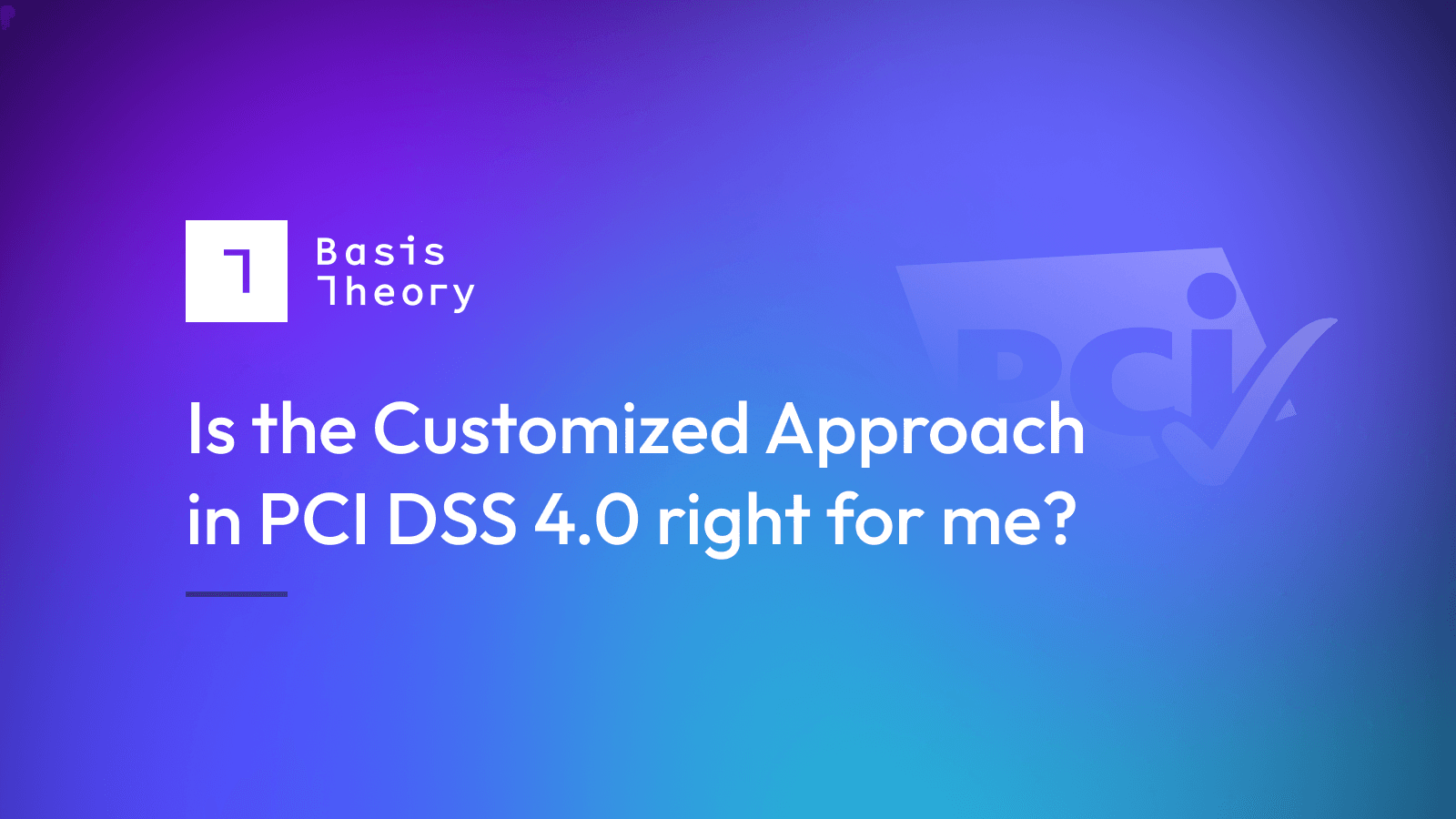
Is the Customized Approach in PCI DSS 4.0 right for me?
What is a “Customized Approach”? Historically, PCI DSS has published a defined approach to implementing the required security controls. The standard outlined the com...
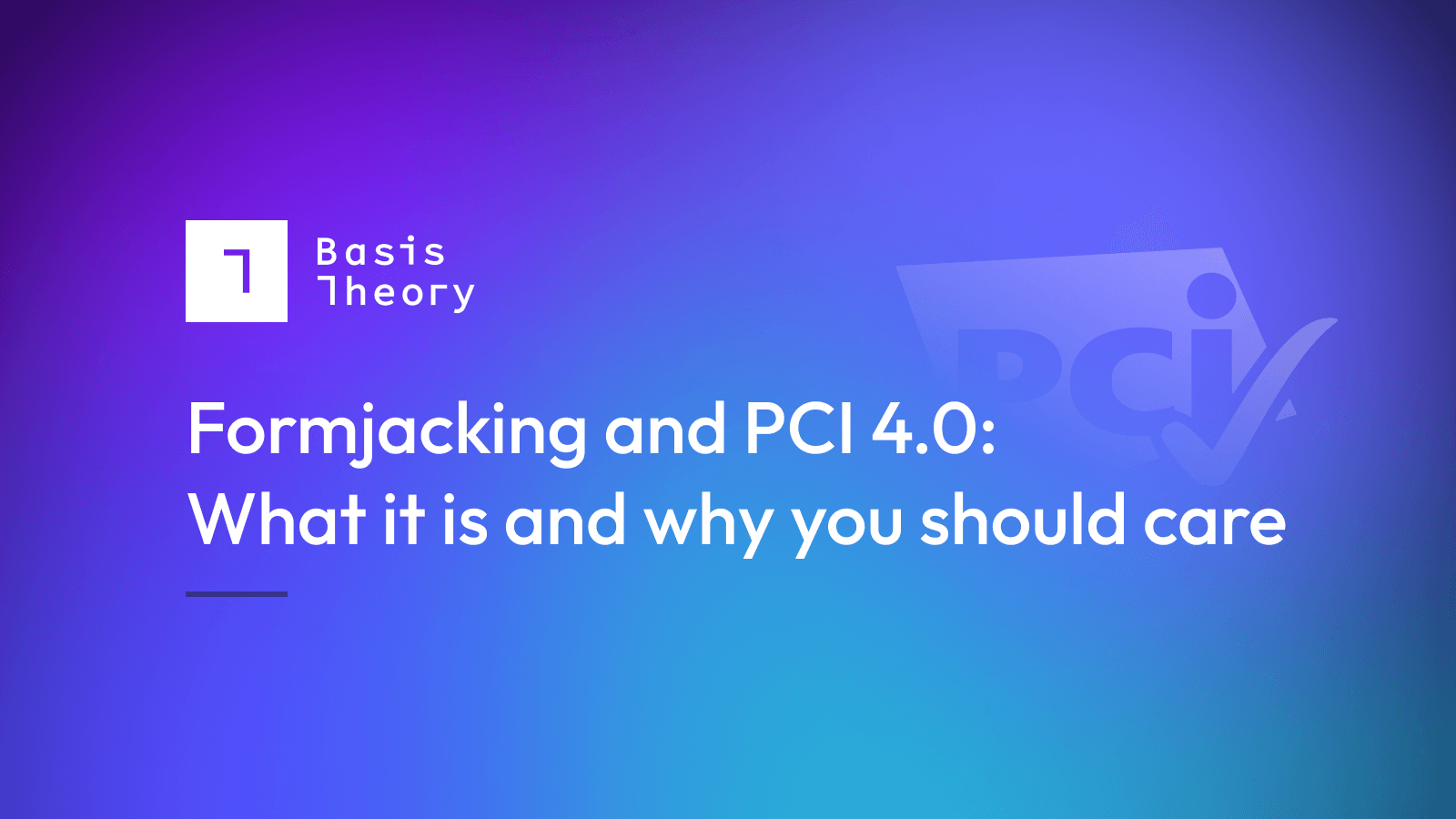
Formjacking and PCI 4.0: What it is and why you should care
What is Formjacking? Also known as web skimming, e-skimming, or a magecart attack, formjacking is a technique that allows hackers to spy and capture sensitive data, ...
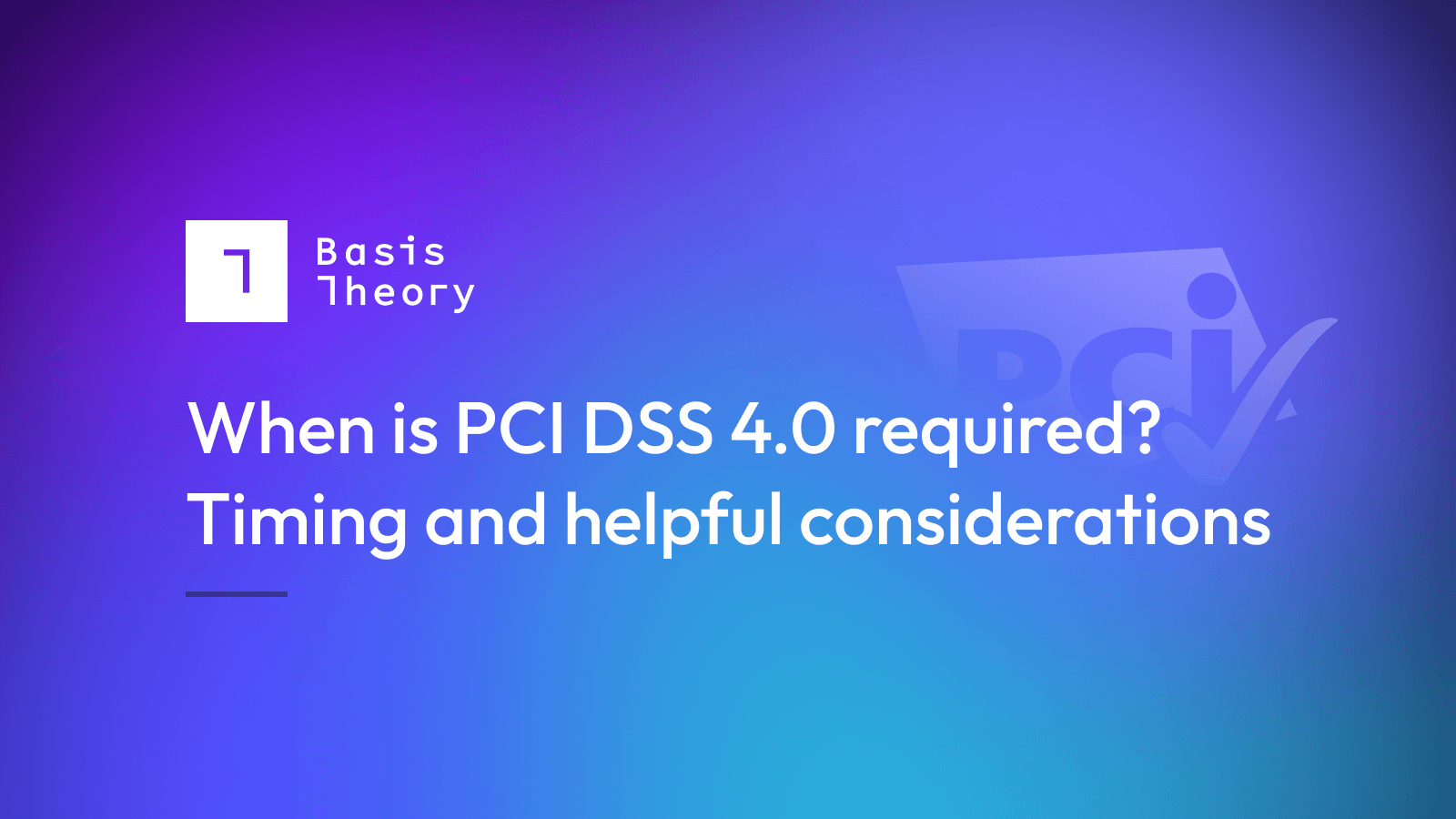
When is PCI DSS 4.0 required? Timing and helpful considerations
Find out when you must be compliant with PCI DSS 4 and which factors are most likely to impact your transition’s timeline.
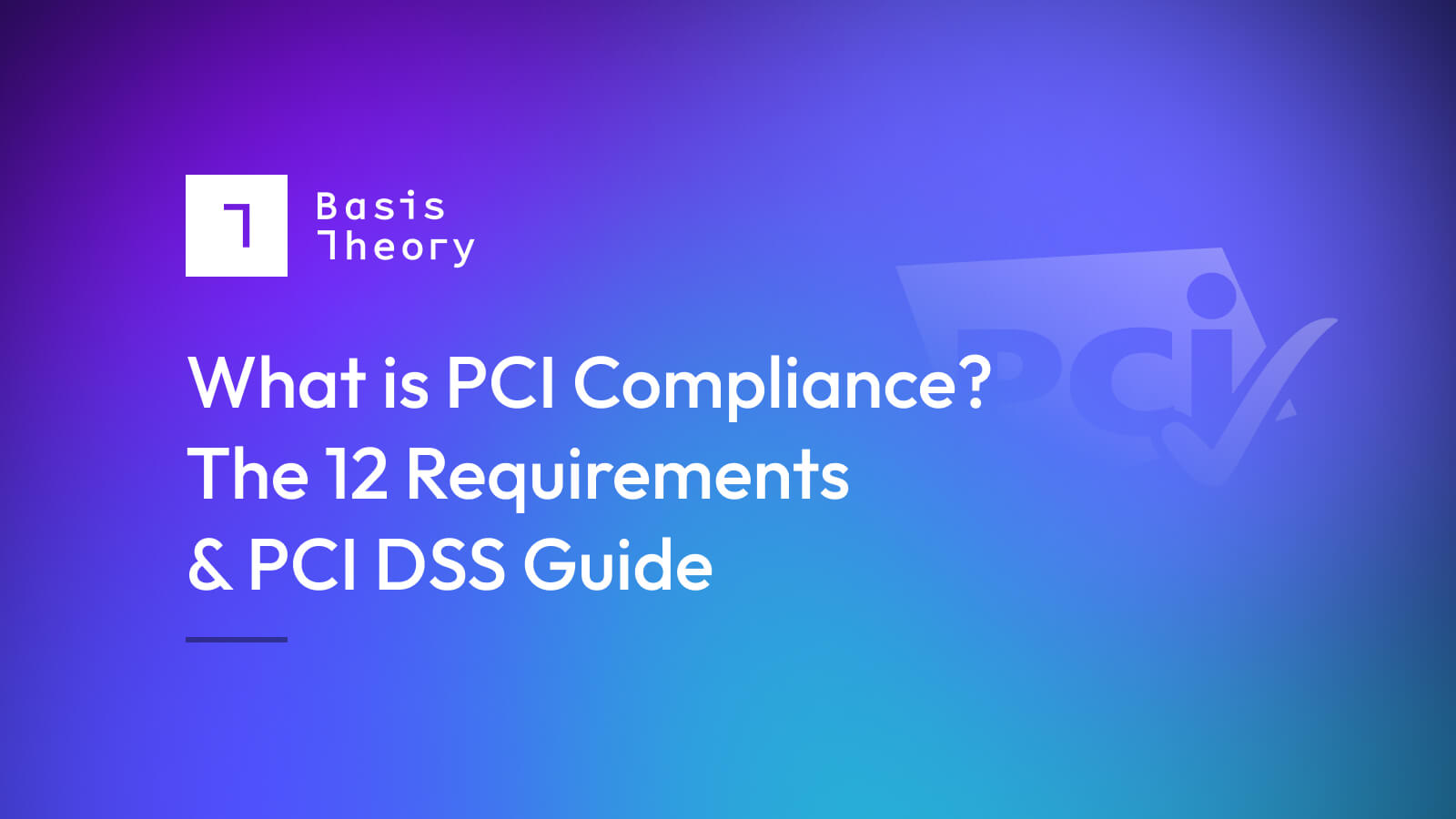
What is PCI Compliance? The 12 Requirements & PCI DSS Guide
While frustrating to many, it’s hard to argue the role PCI compliance has played in creating today’s digital economy. By outlining, defining, and enforcing standards...
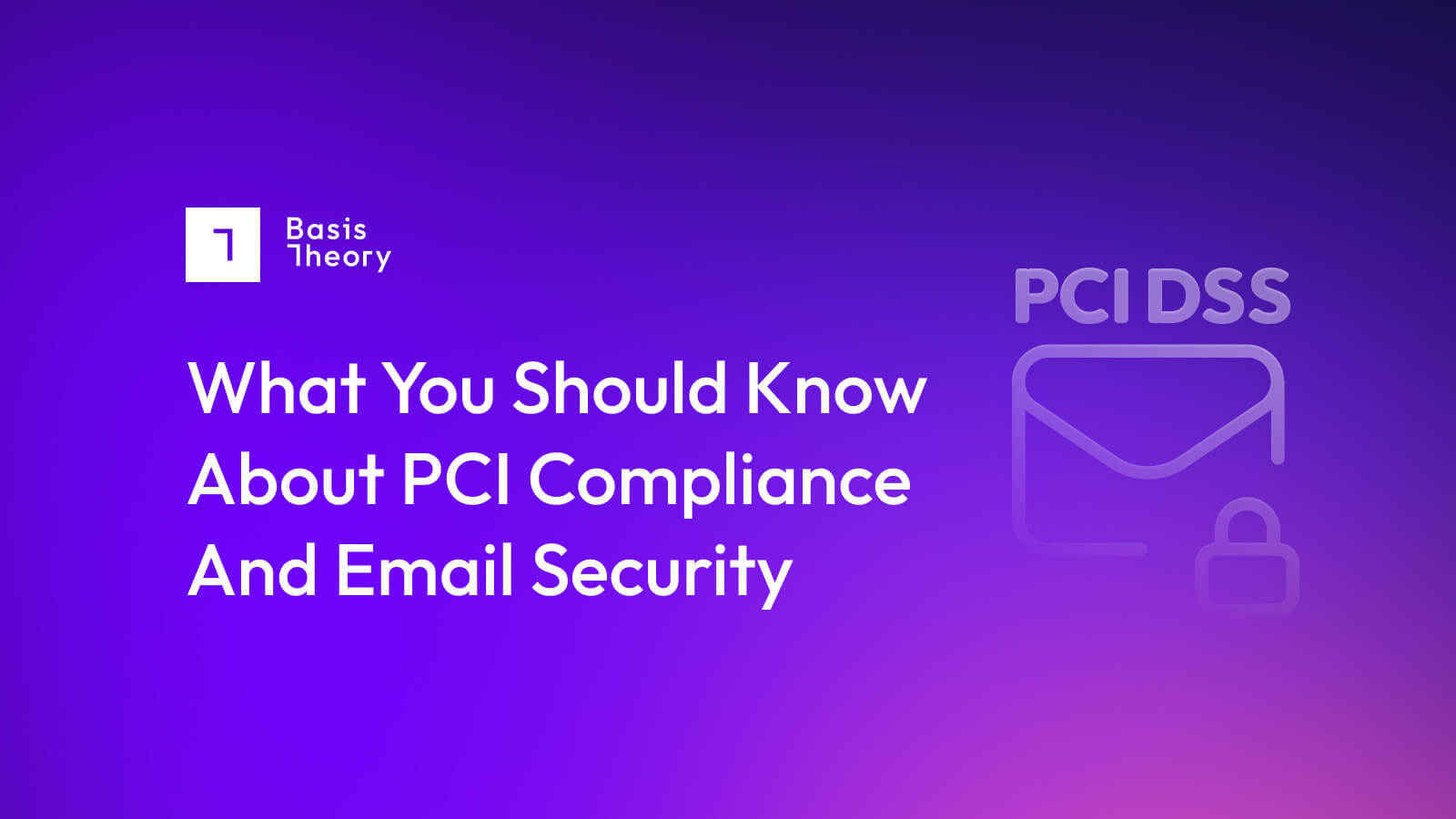
What You Should Know About PCI Compliance And Email Security
Basis Theory’s Take Long story short: PCI compliance is exceptionally difficult to maintain if you want to use email to share any kind of PII. And doing so will requ...
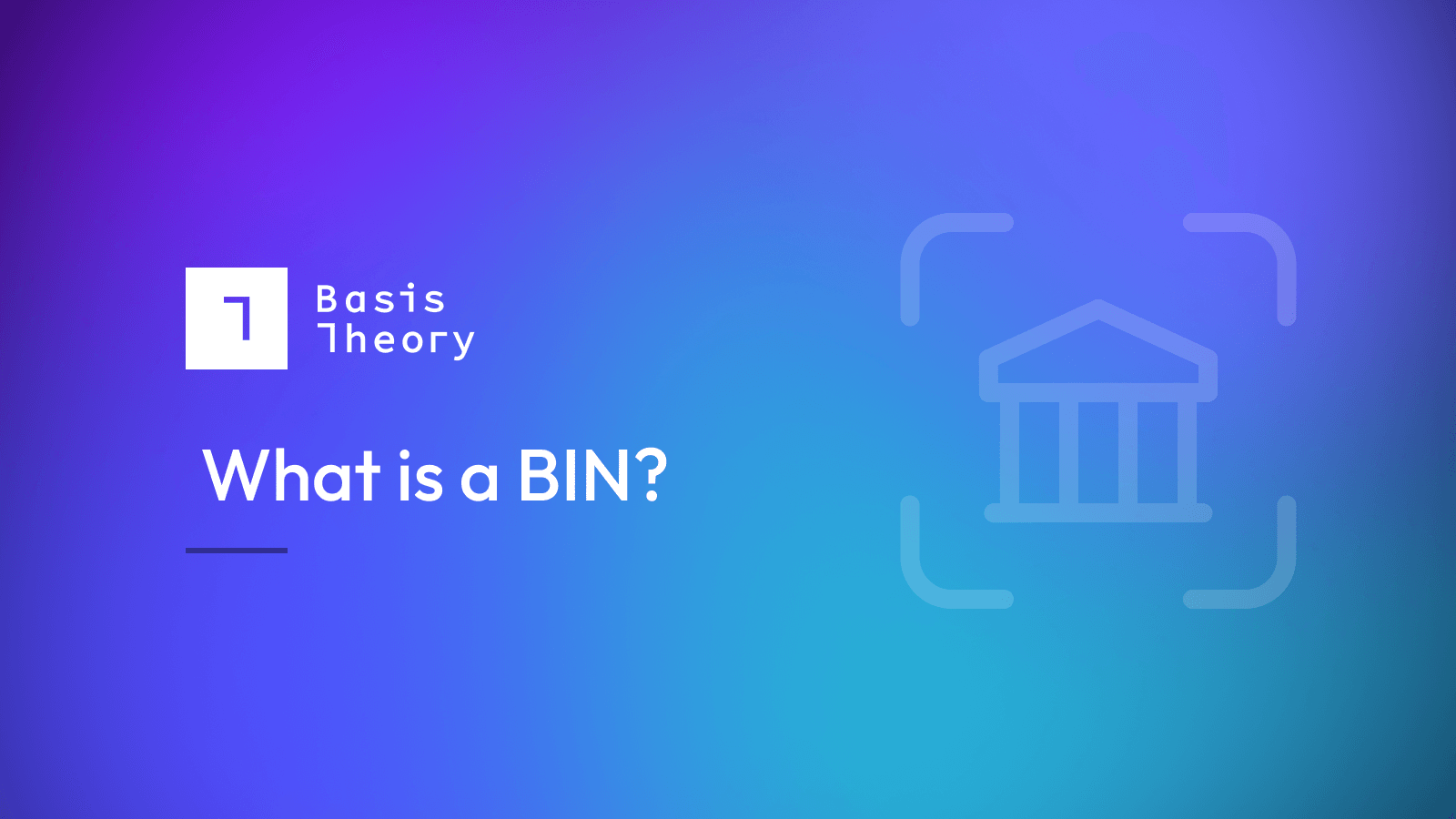
What is a Bank Identification Number (BIN) and how do I keep it secured?
Did you know that the first 4-8 numbers on a payment card, known as the BIN (Bank Identification Number), actually have a specific meaning and purpose? In order to p...
.png?width=365&height=122&name=BTLogo%20(1).png)


